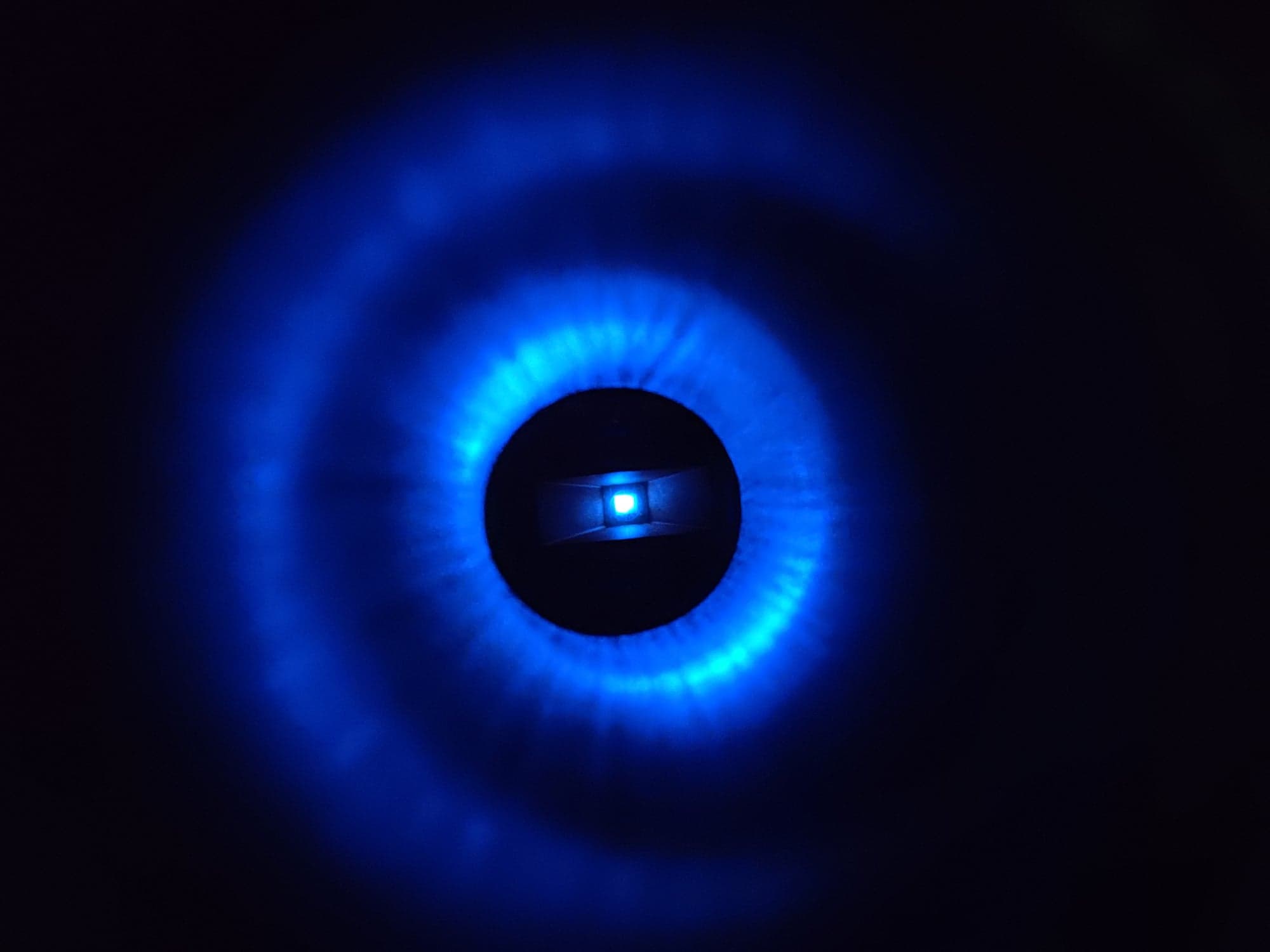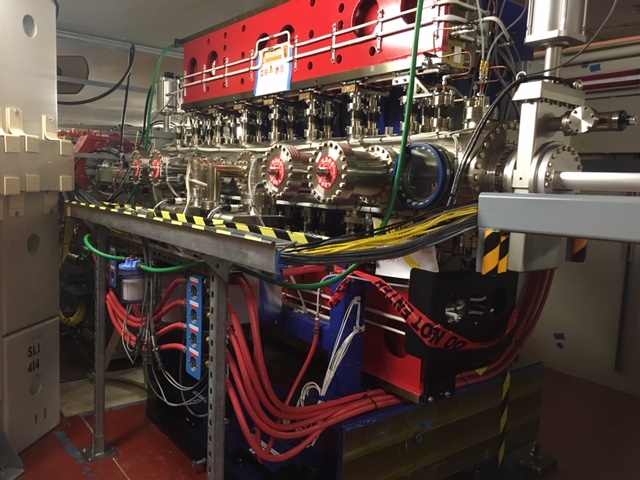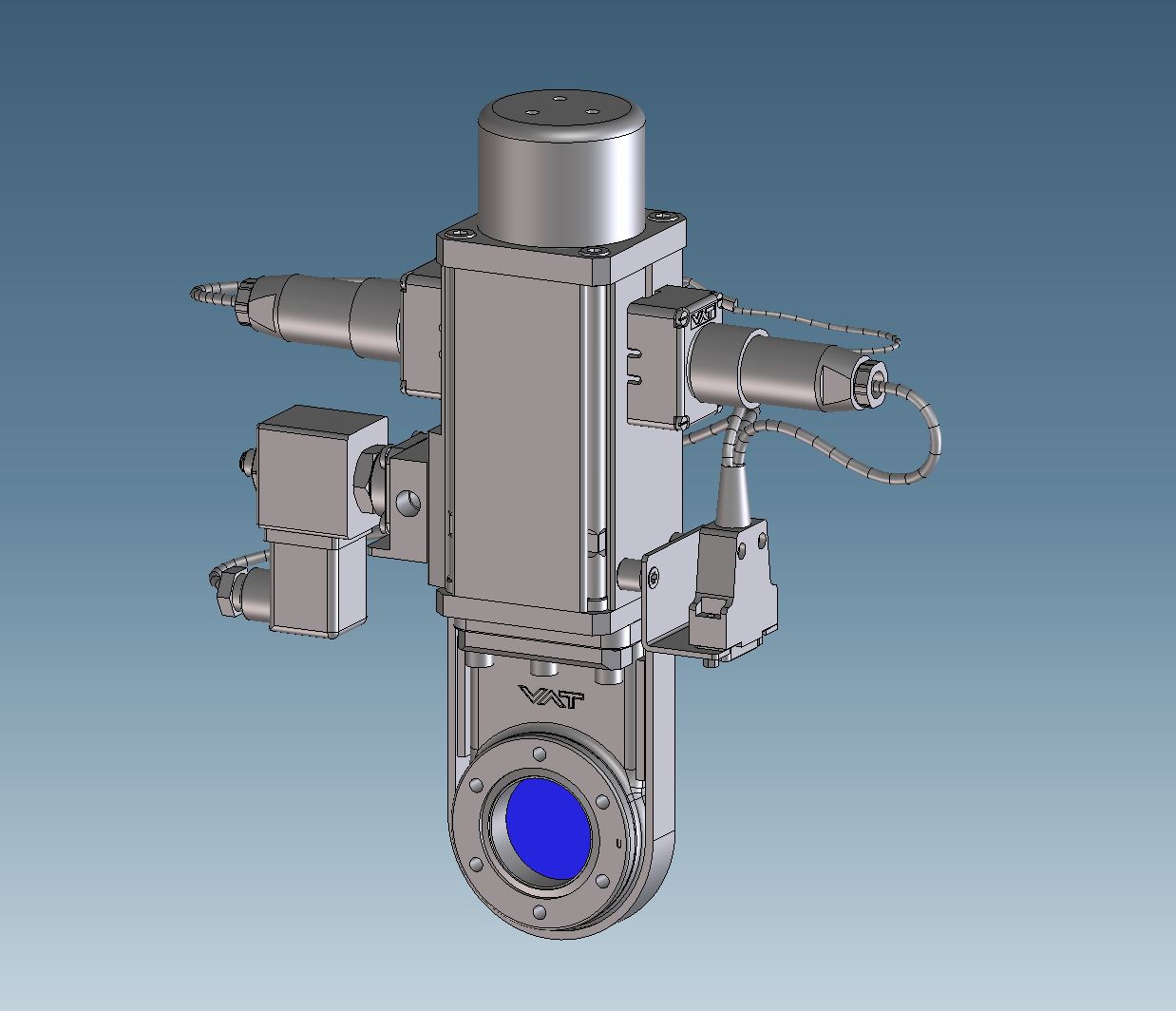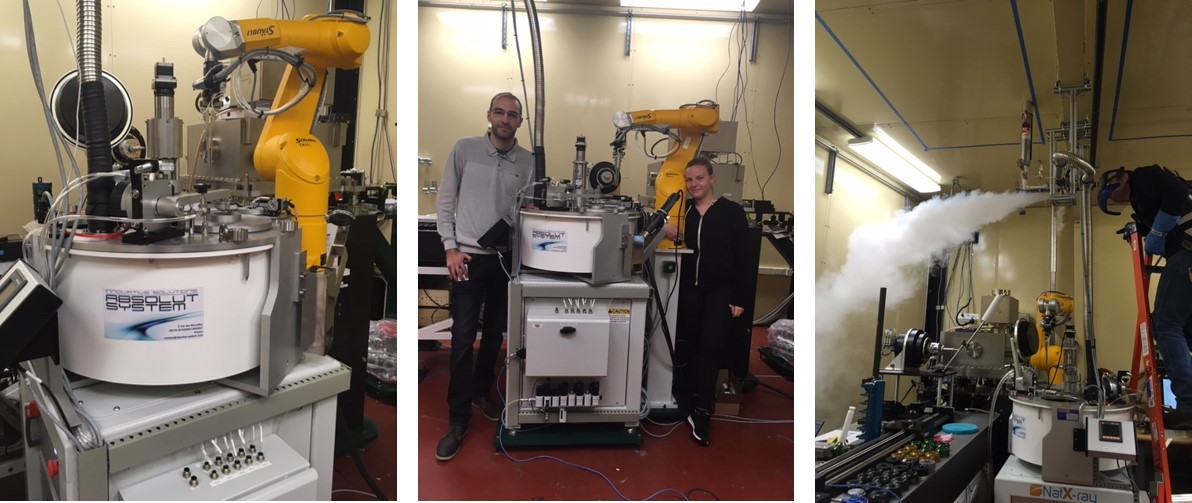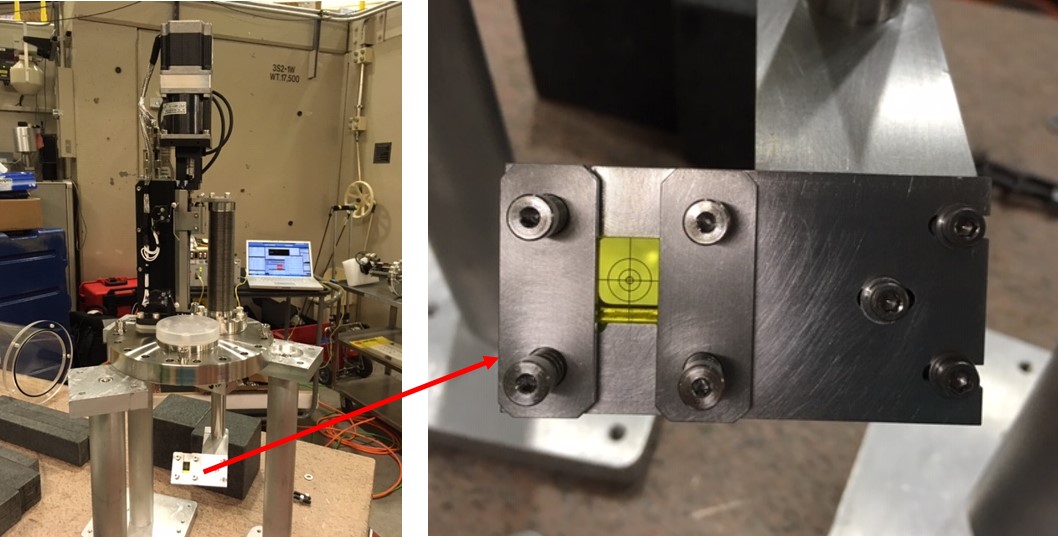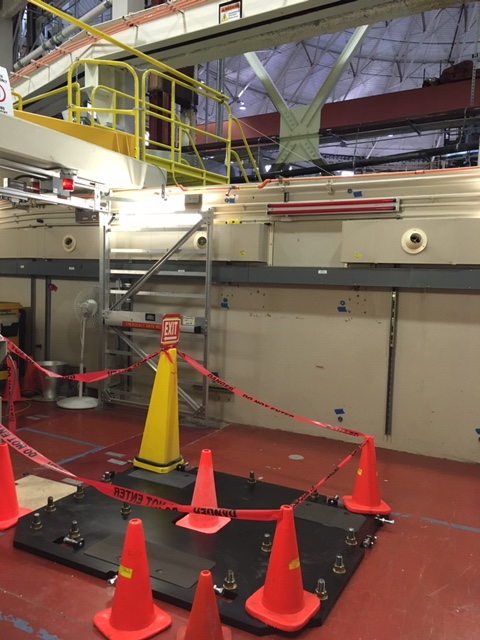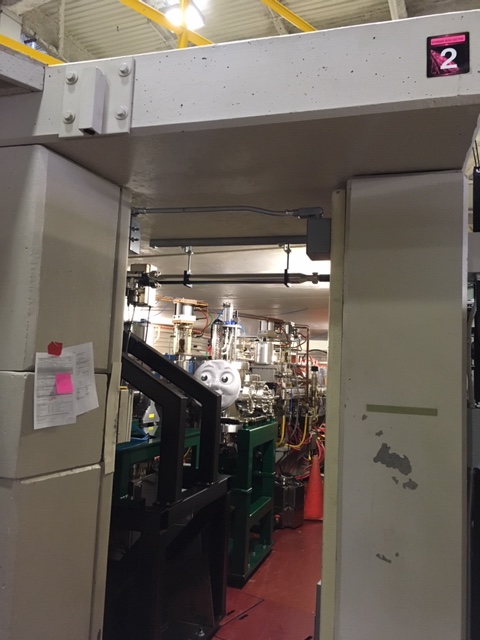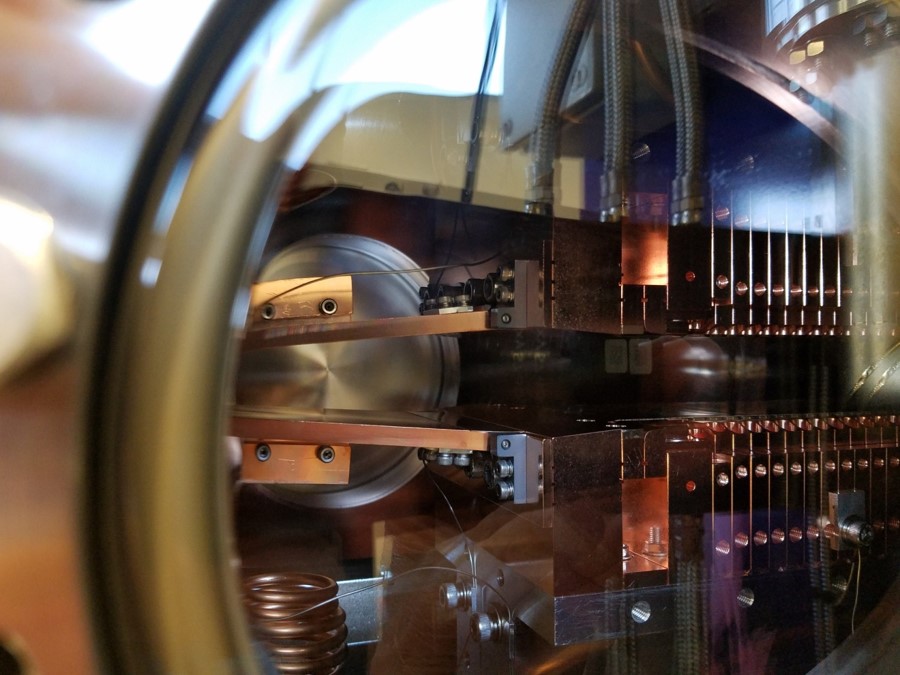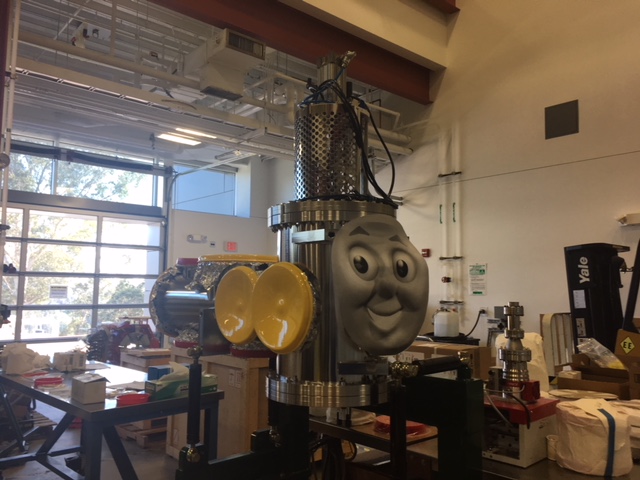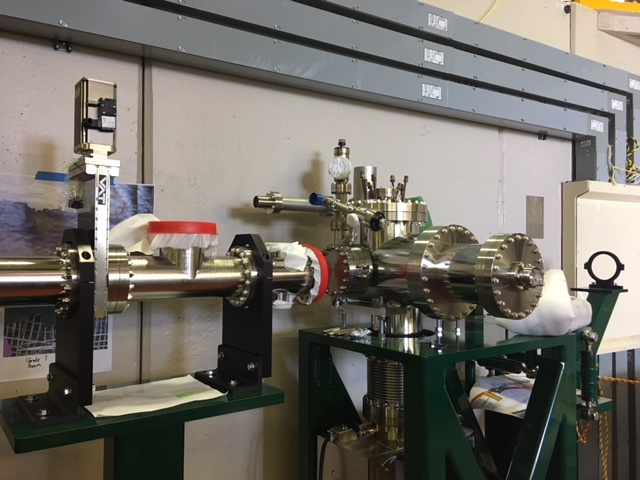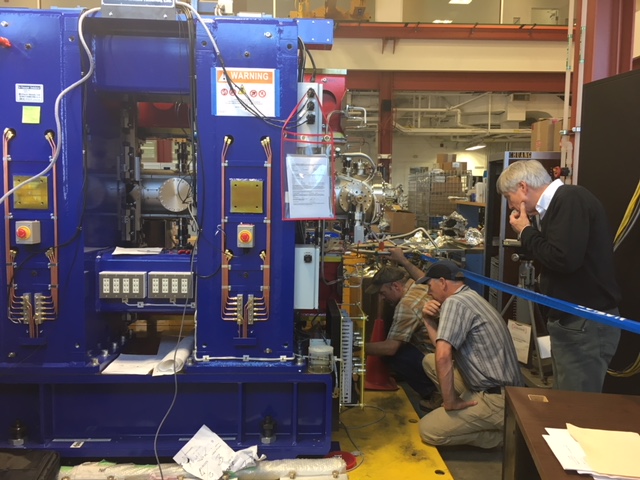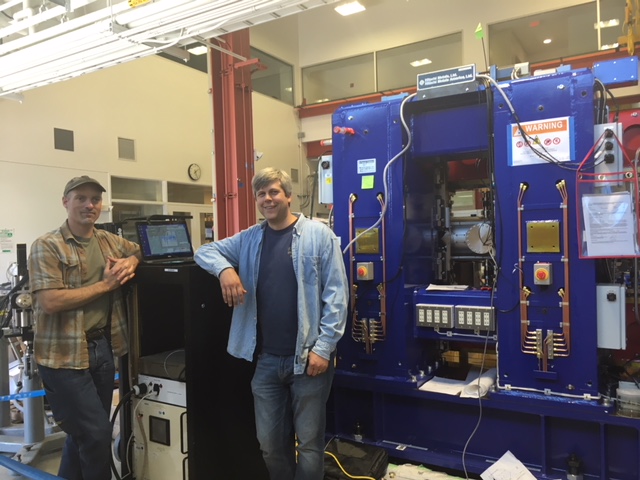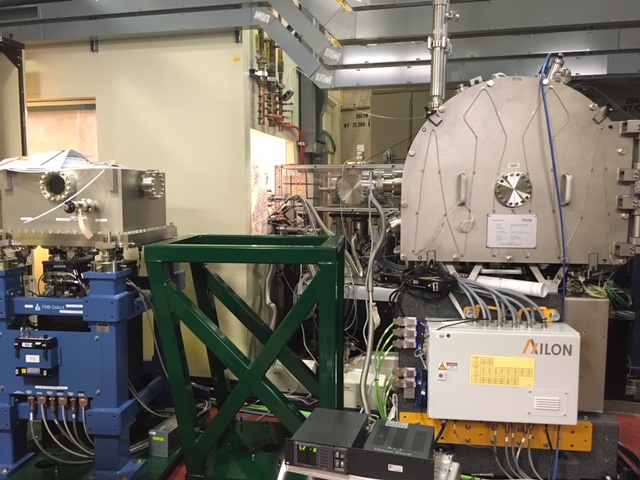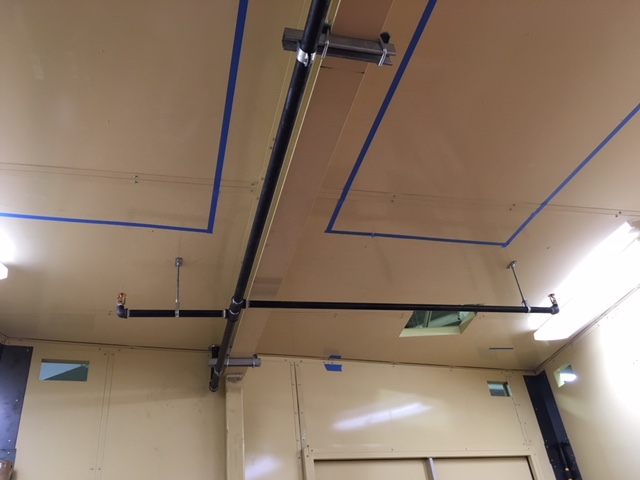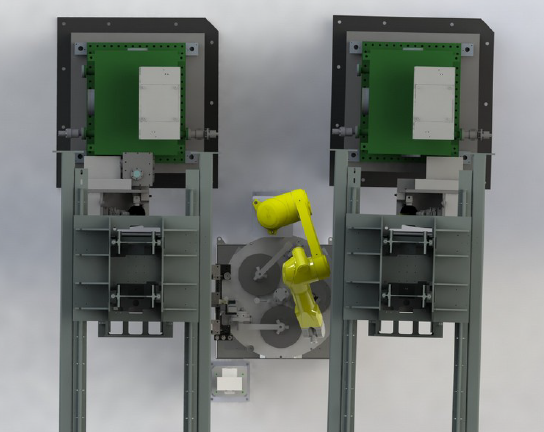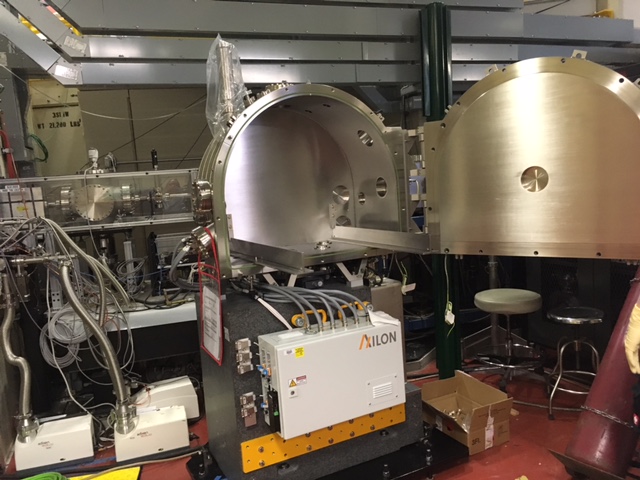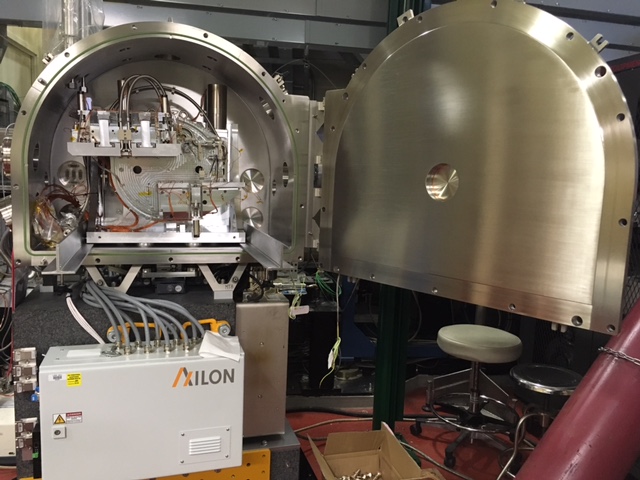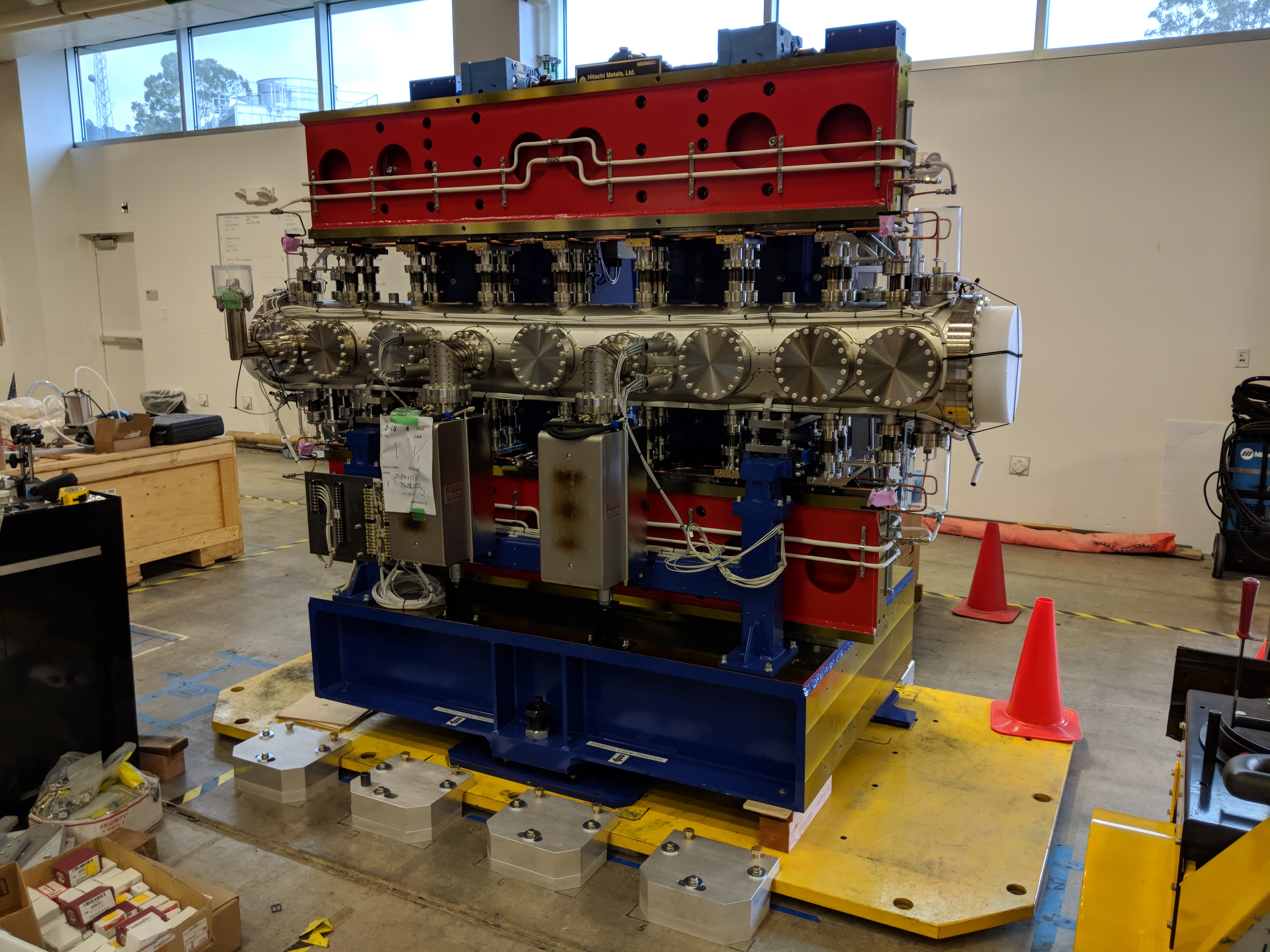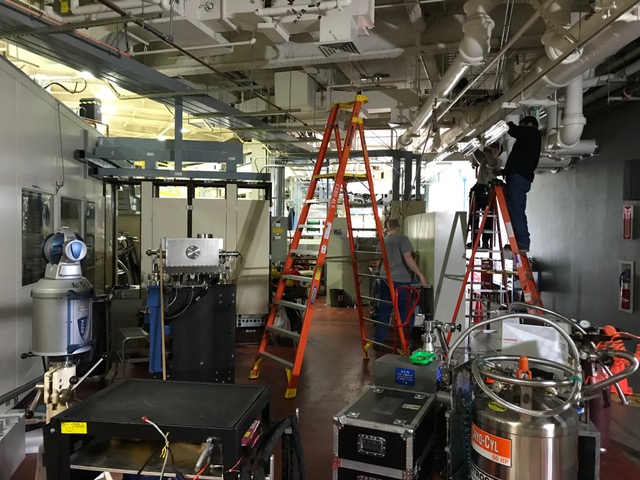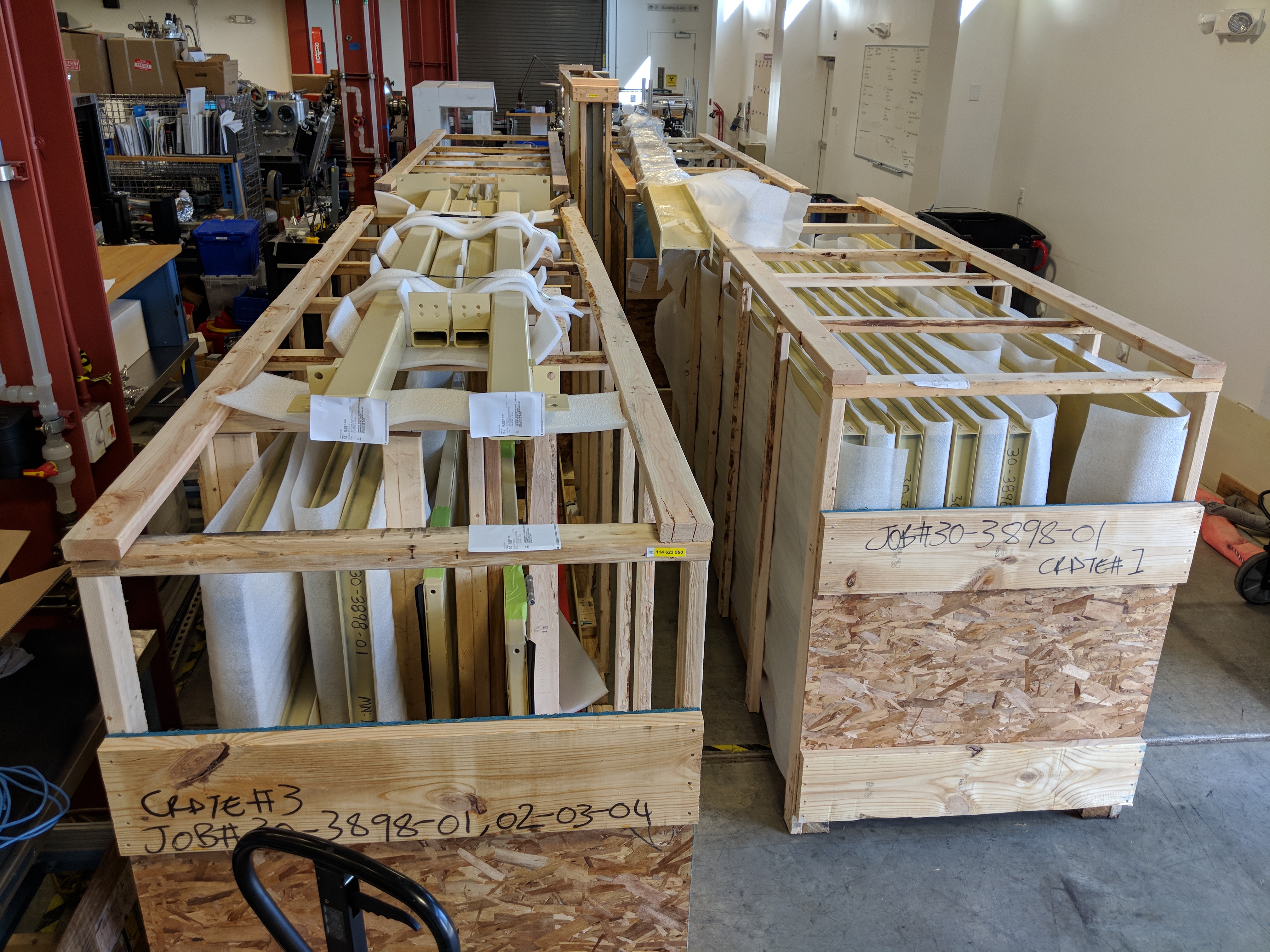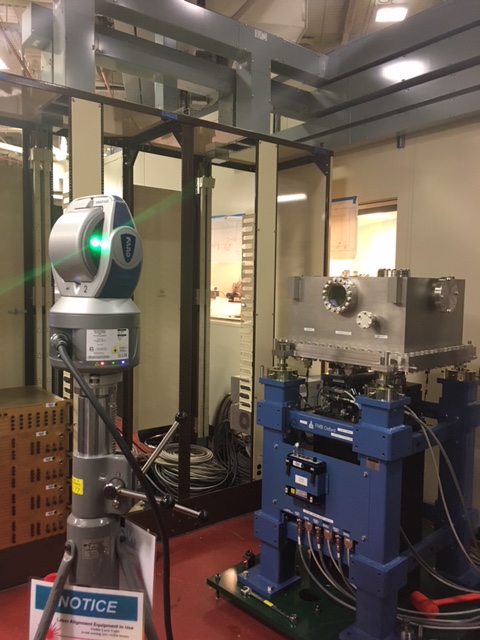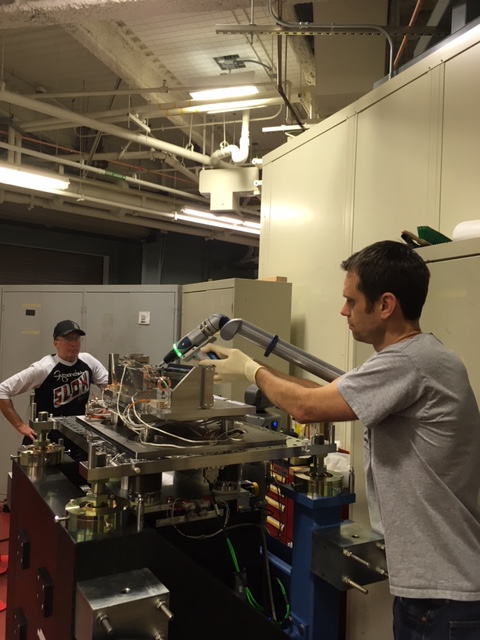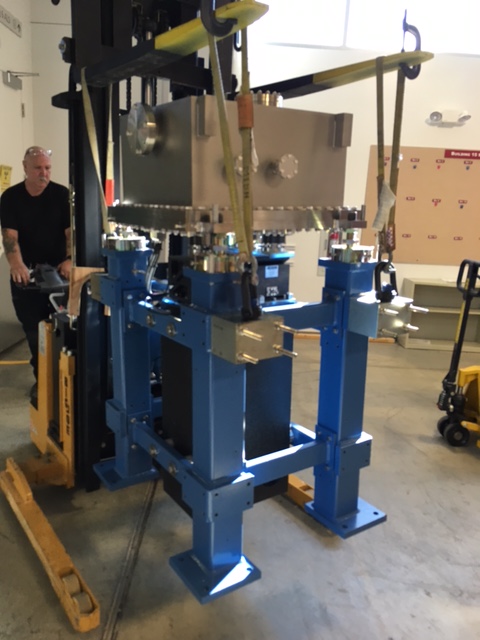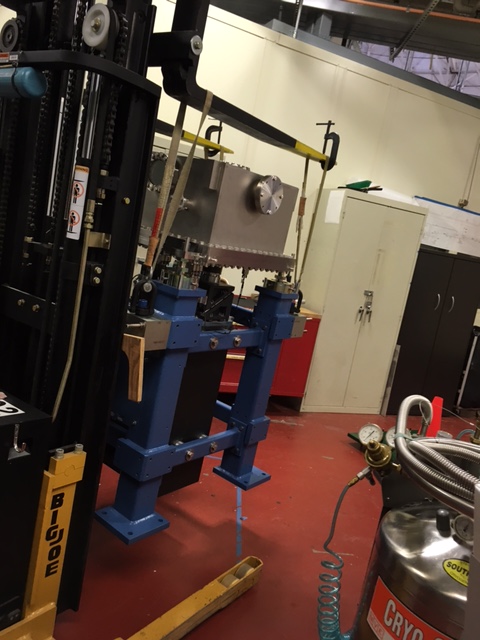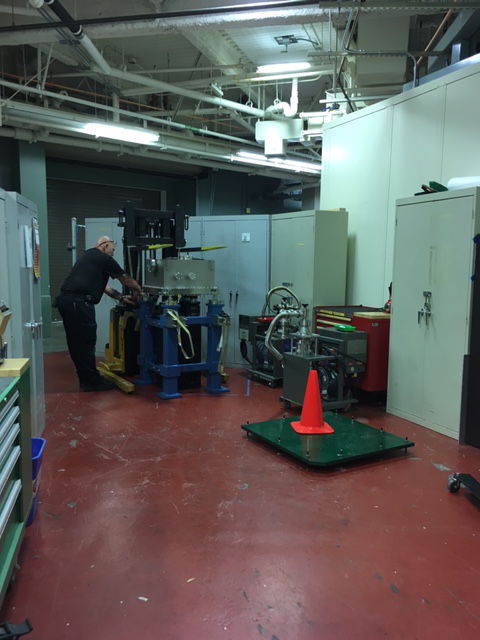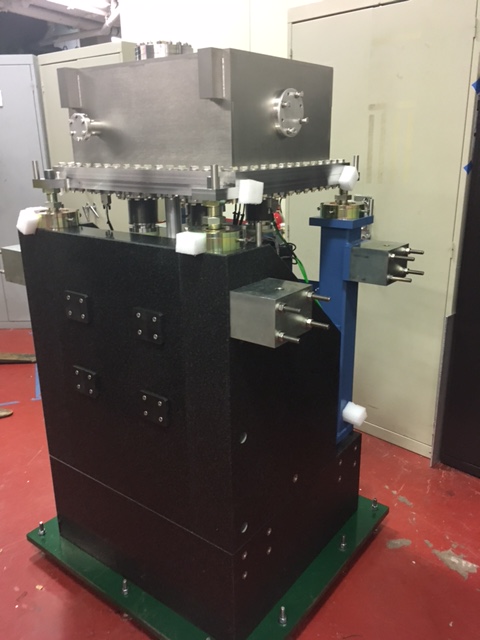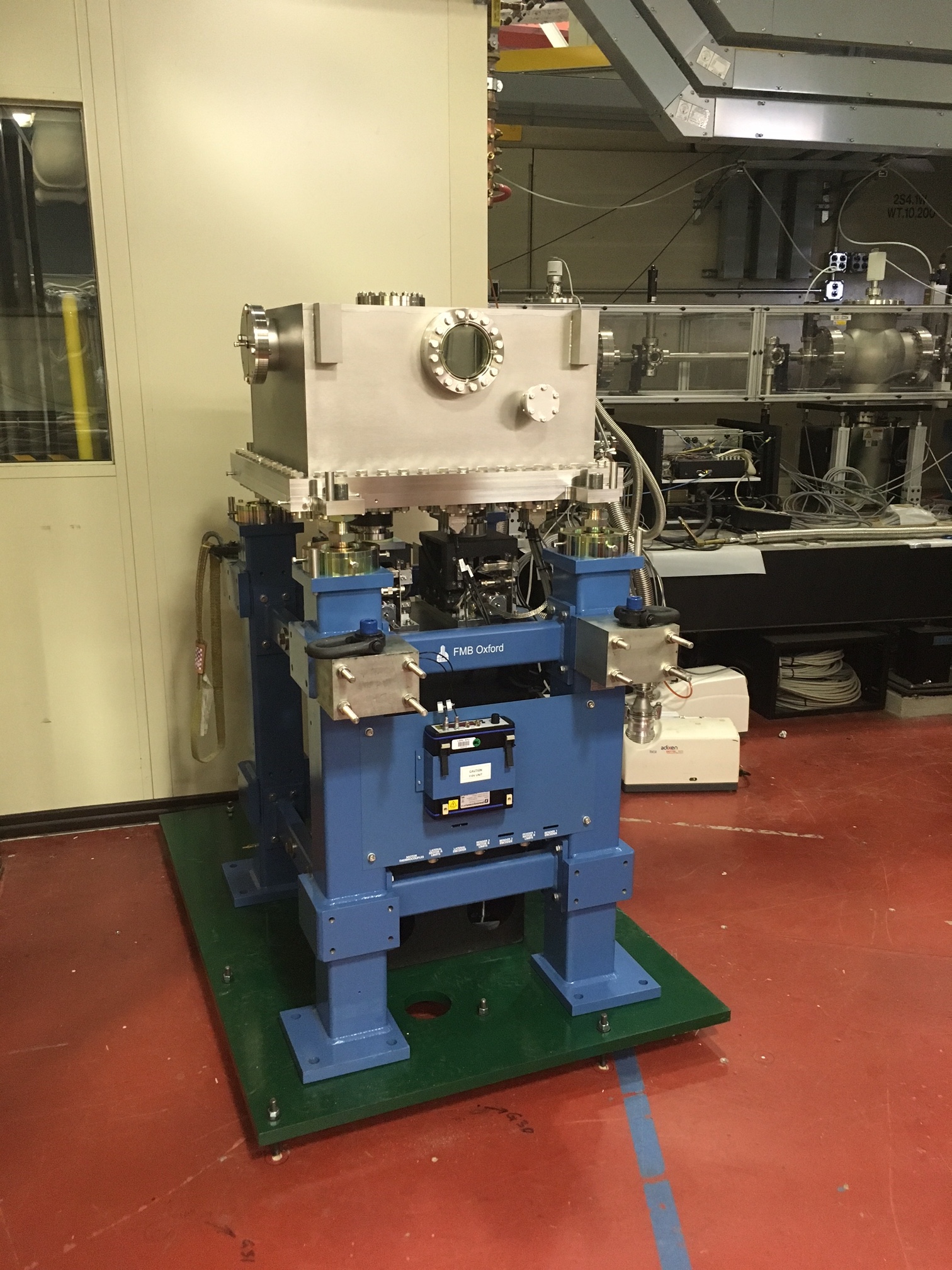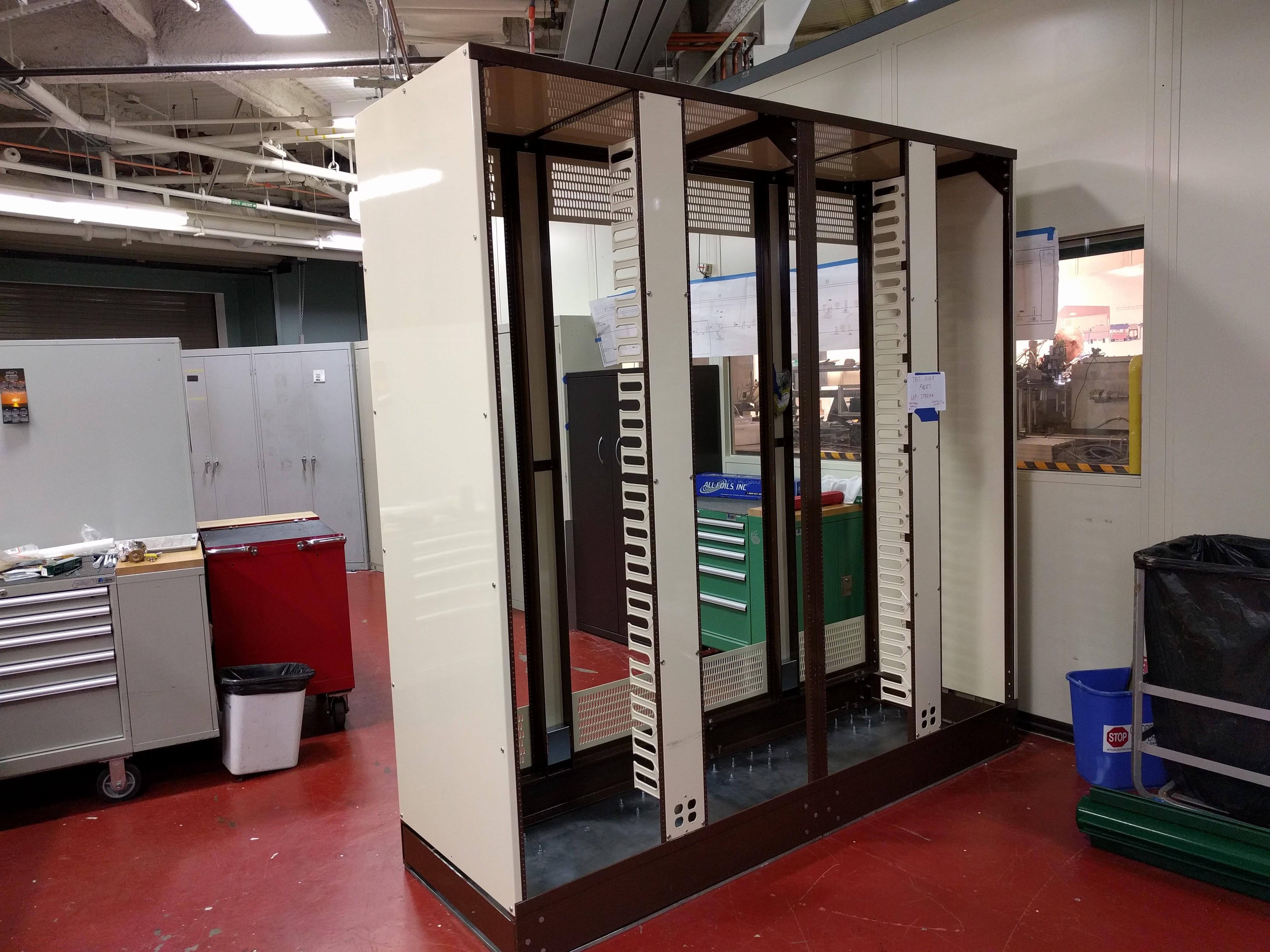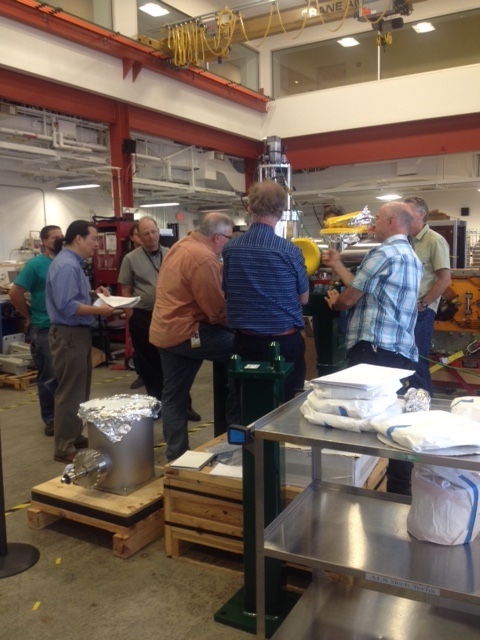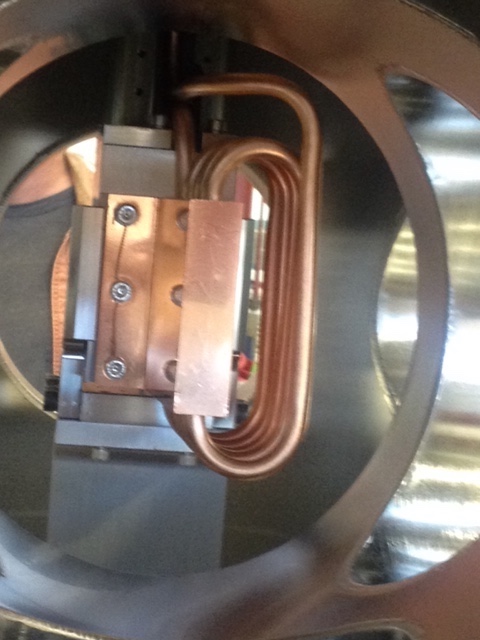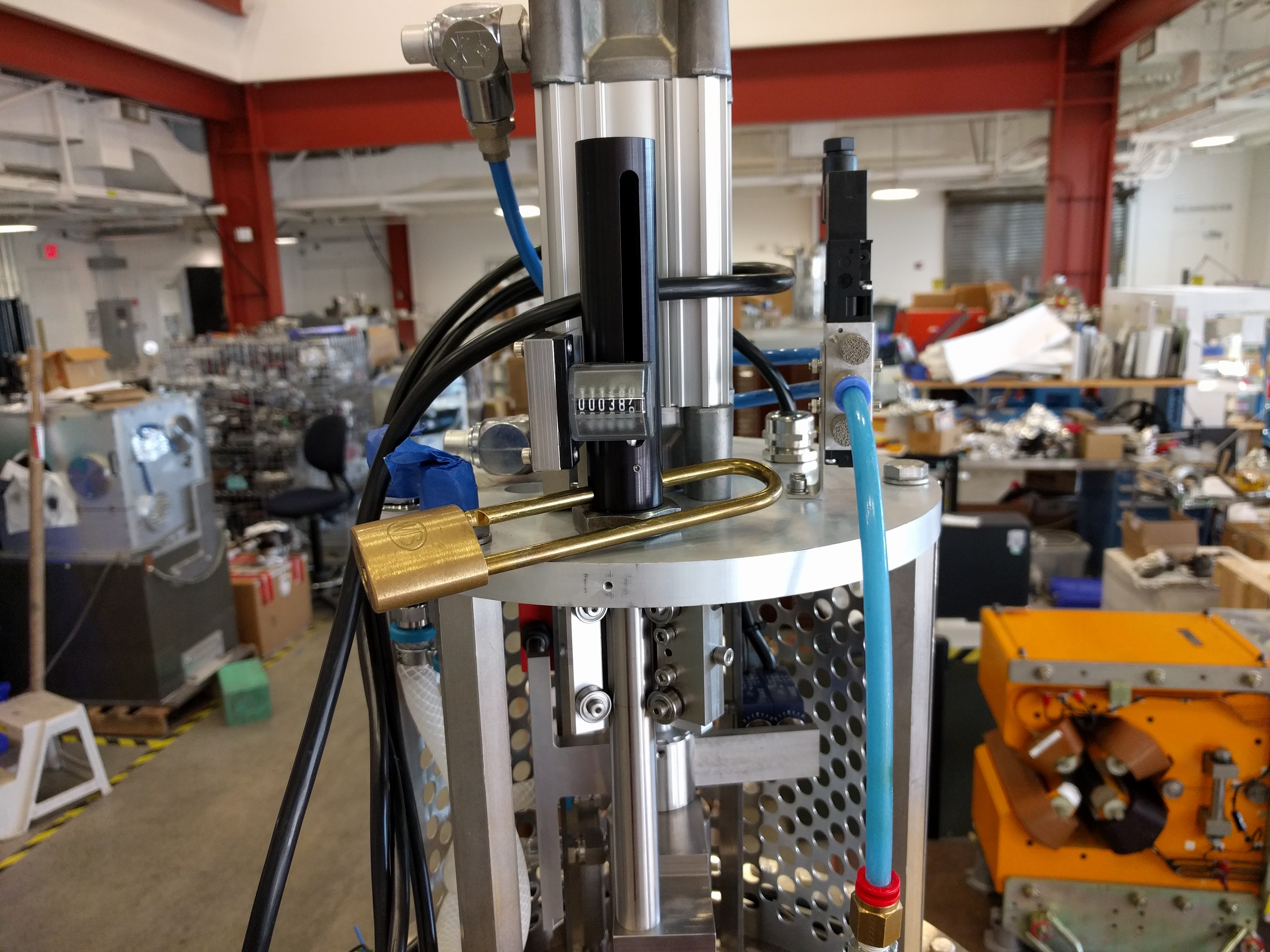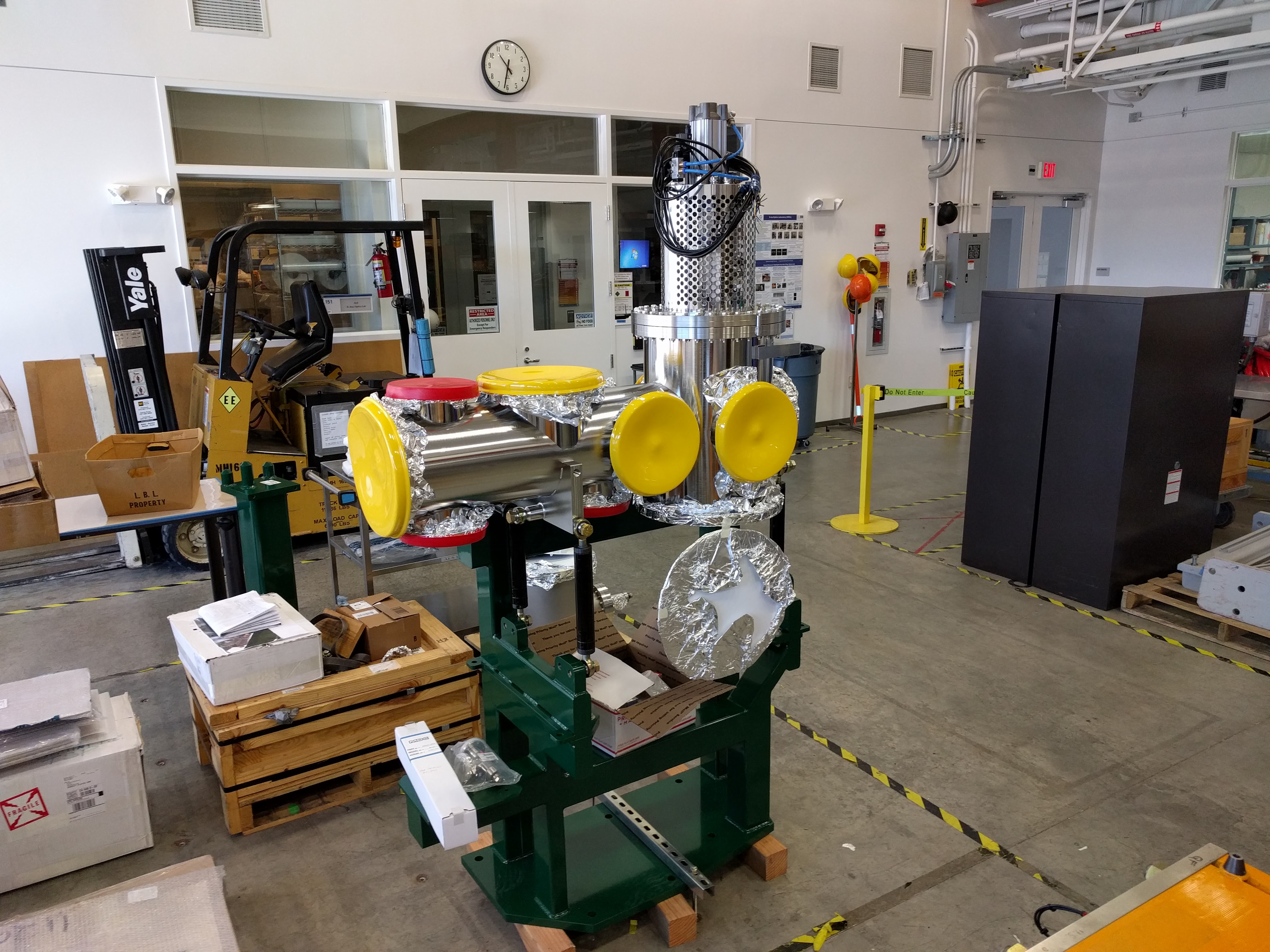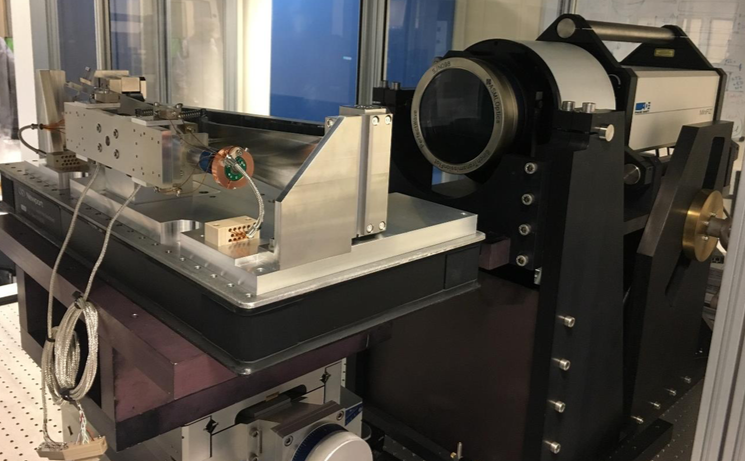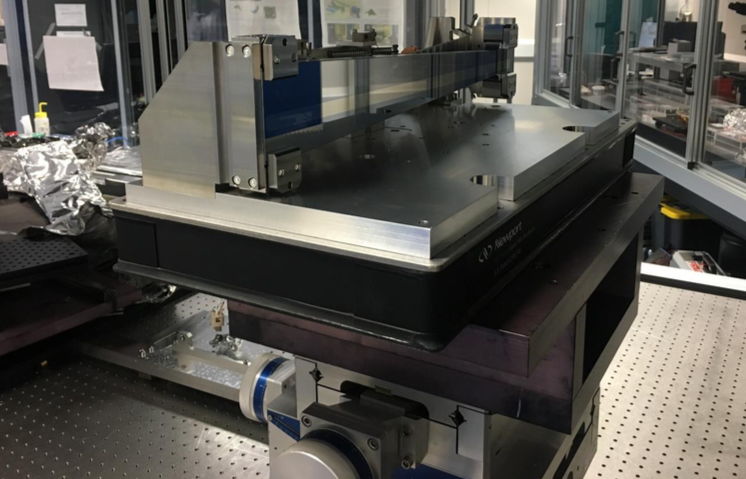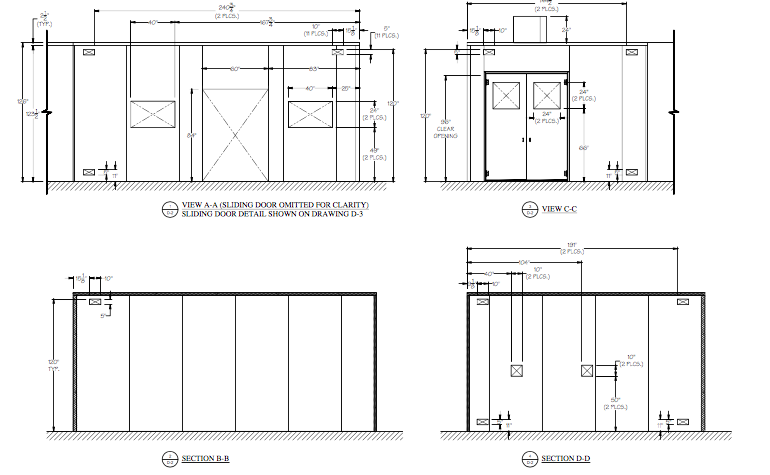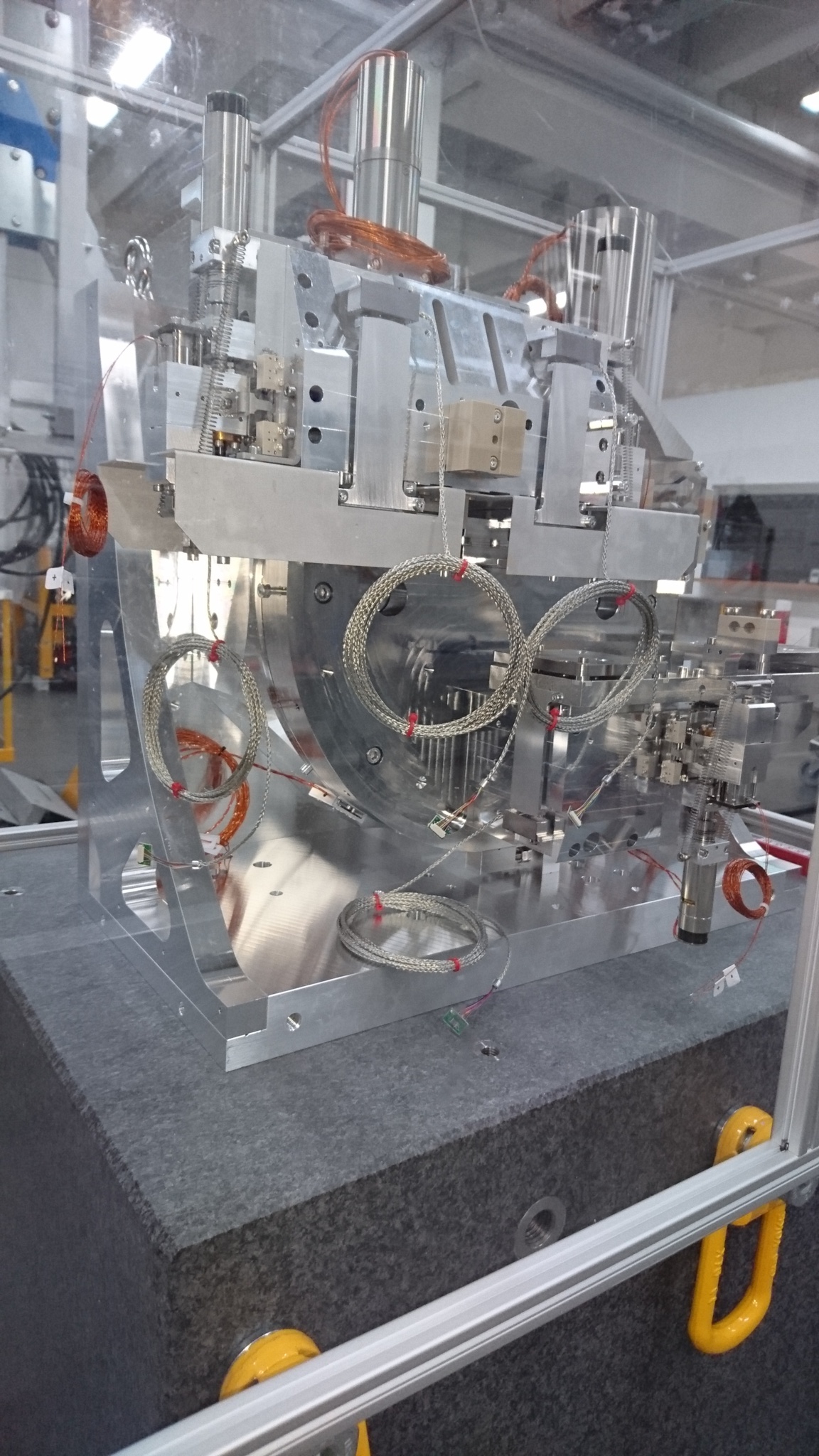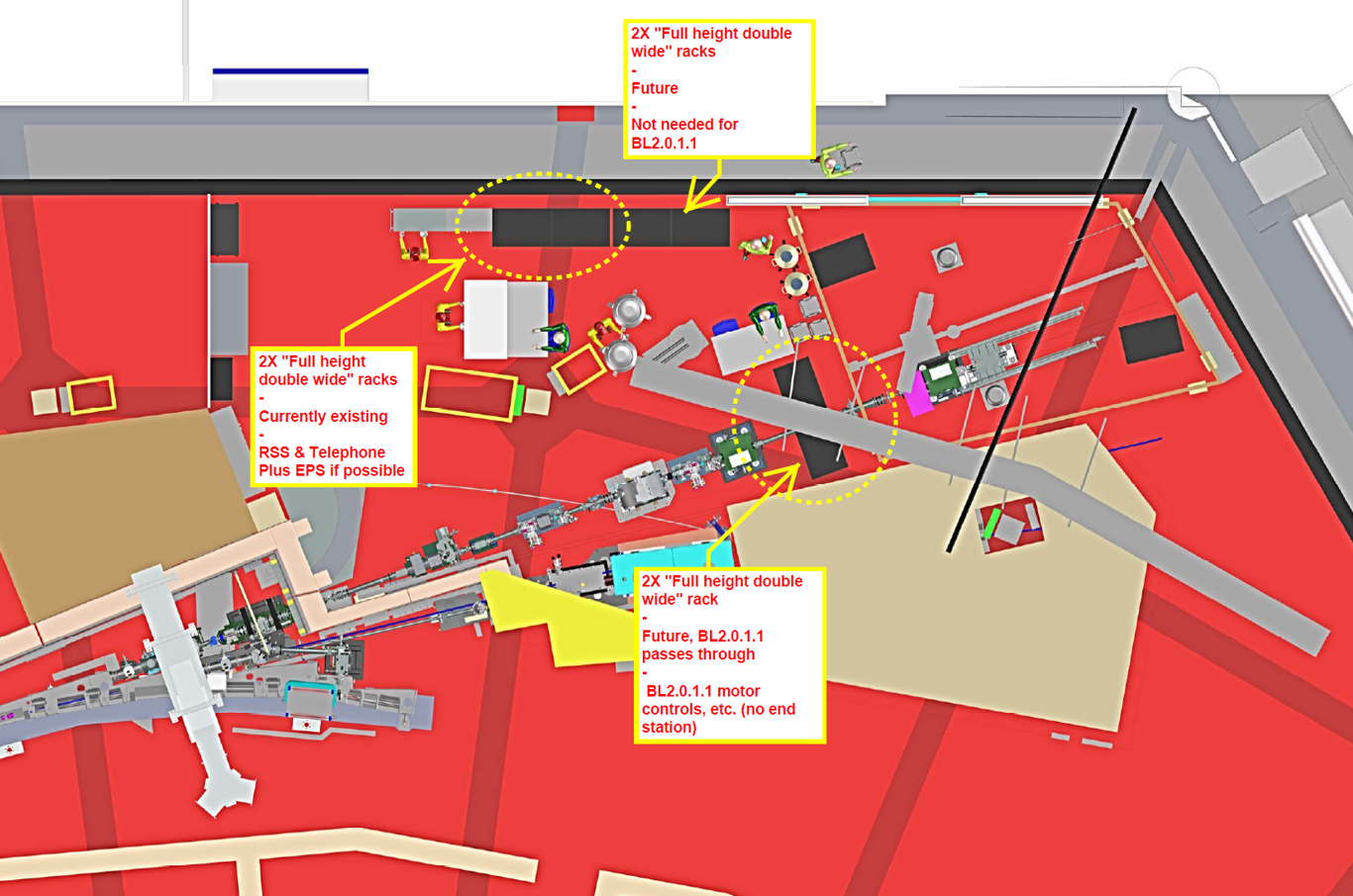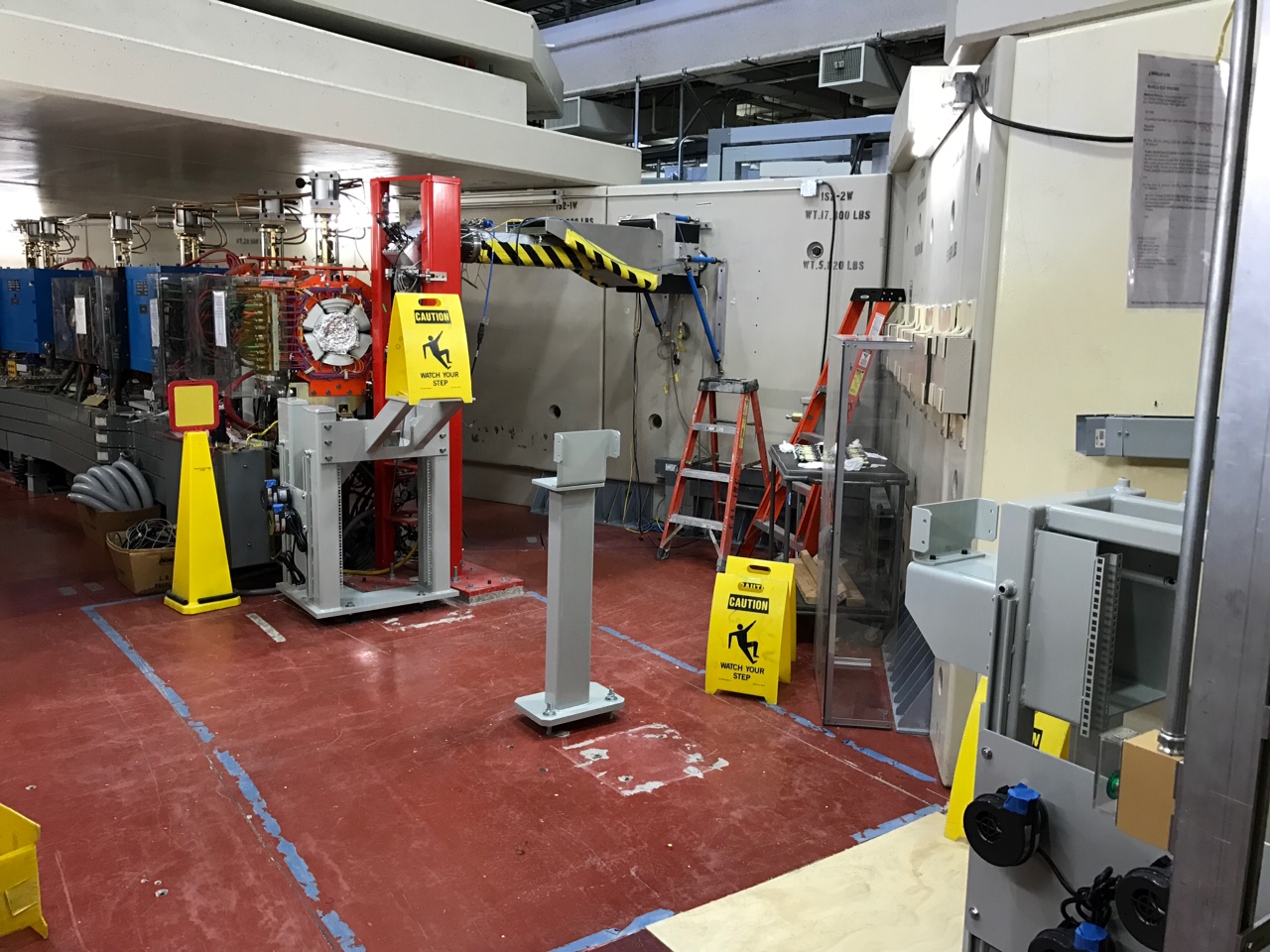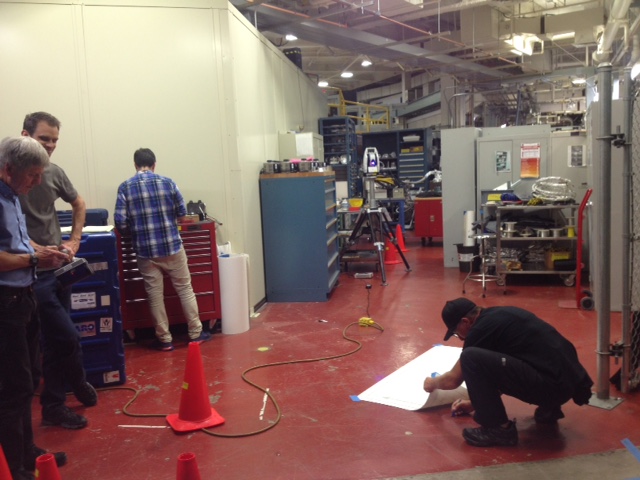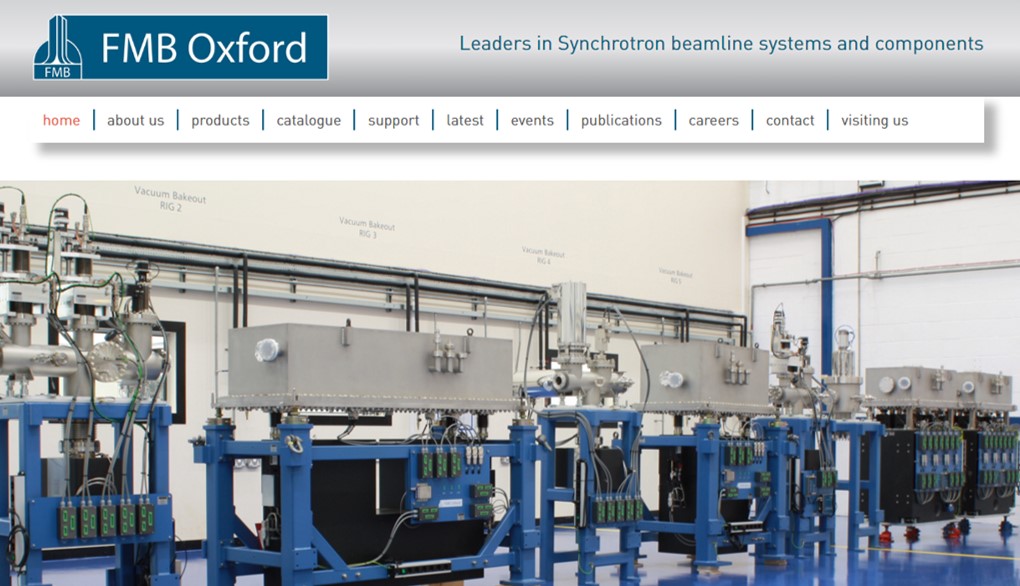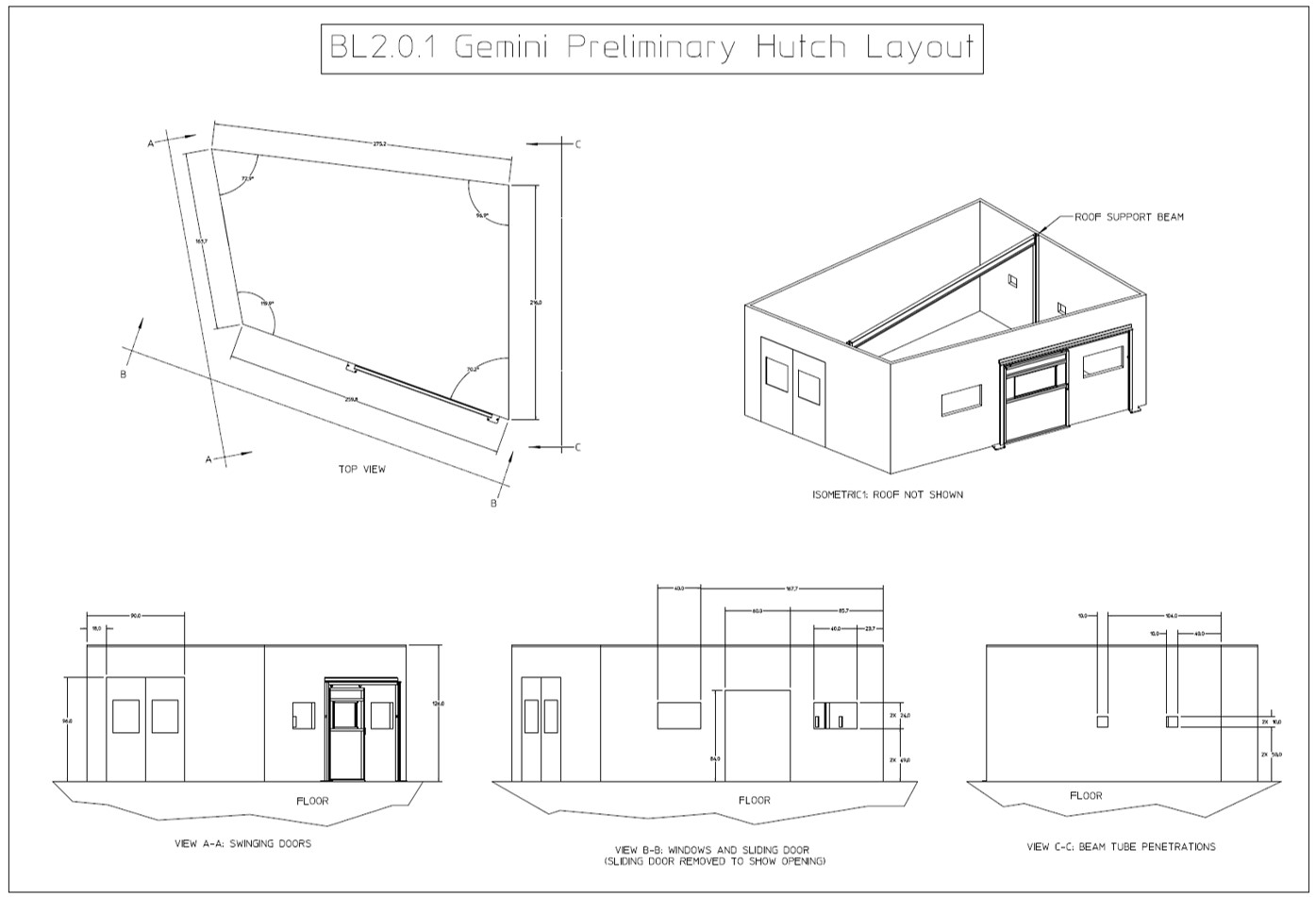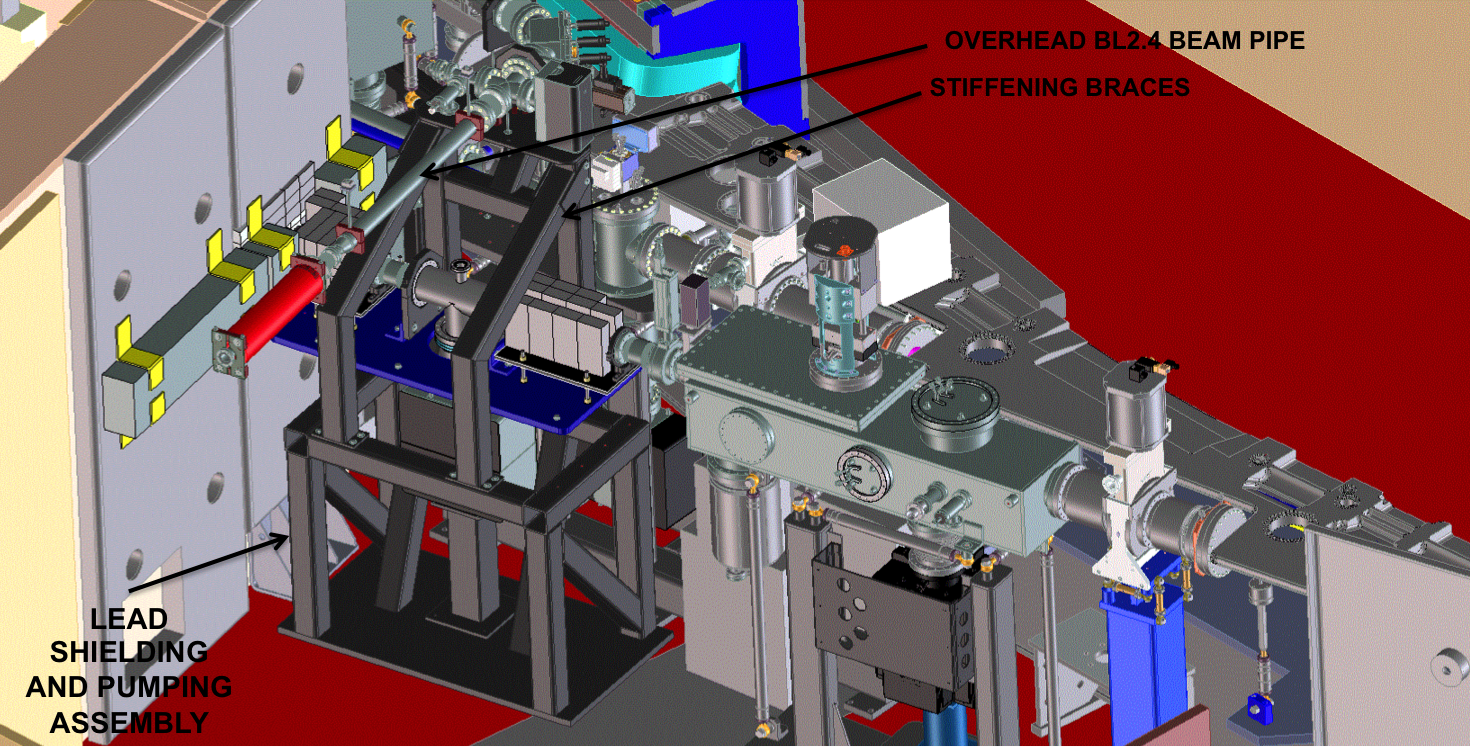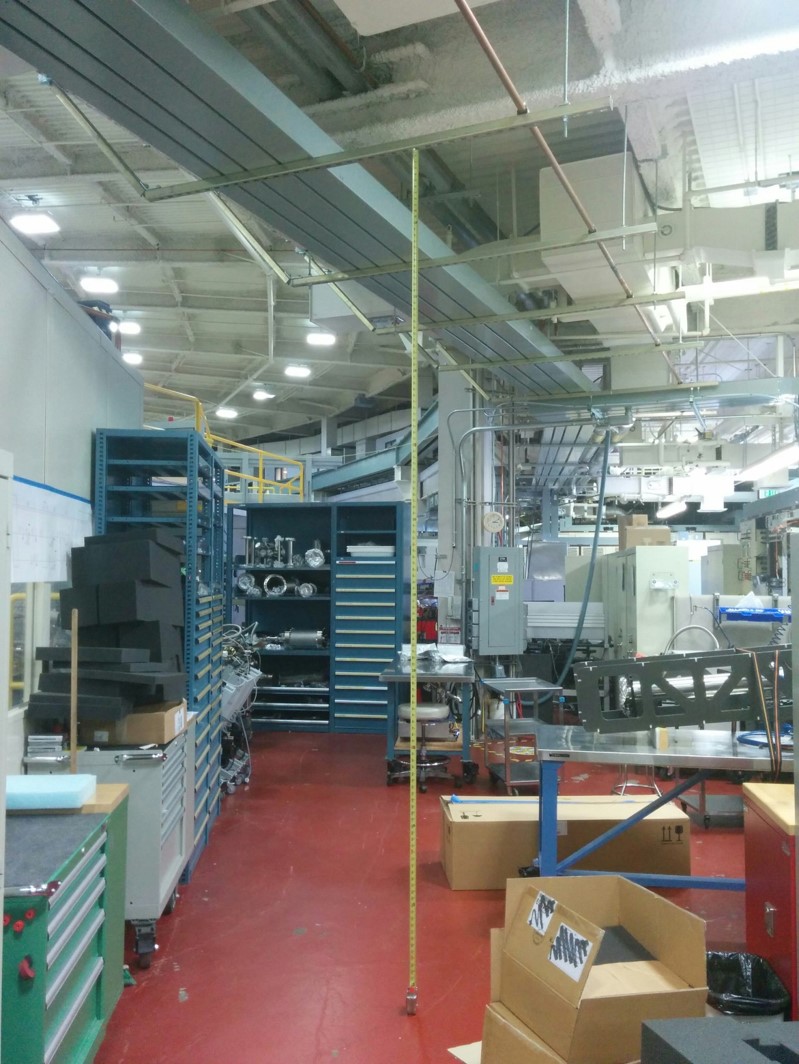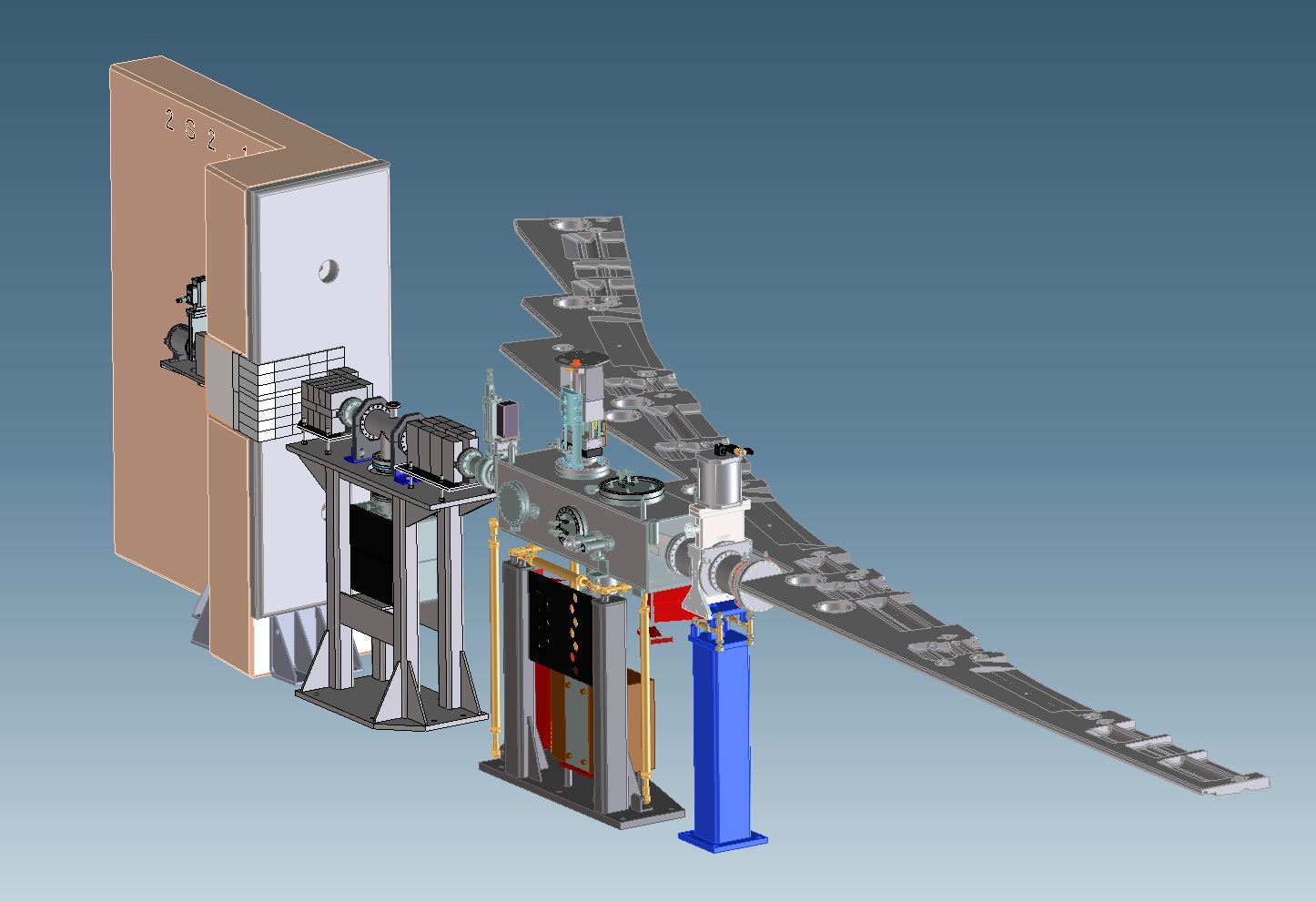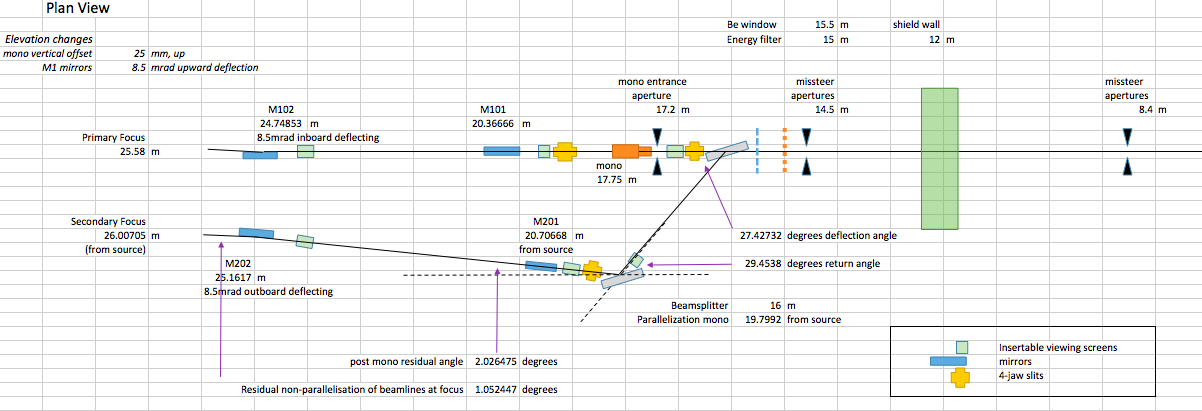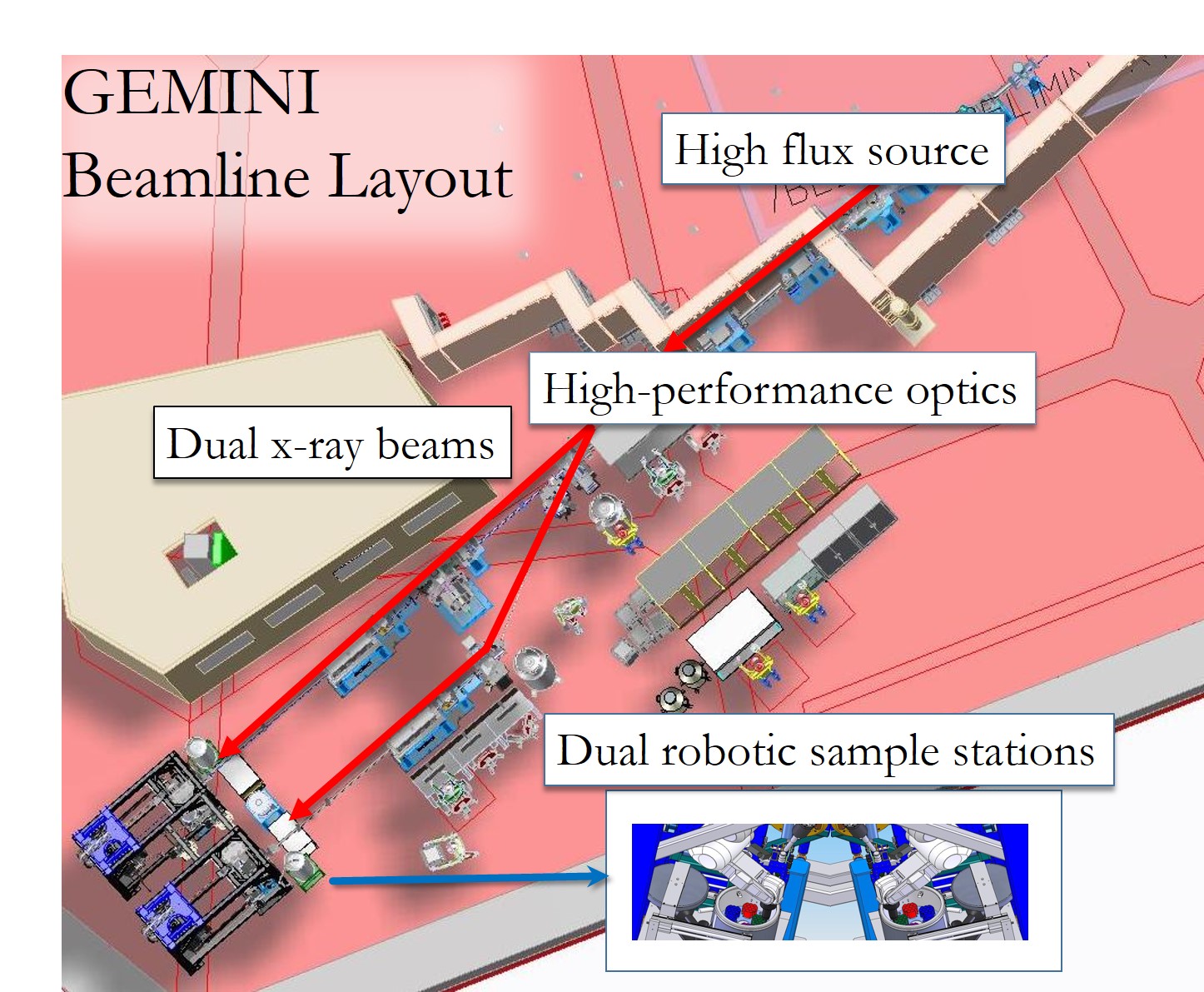Sept 30, 2020
We got first light on Gemini! Undulator gap has been closed to 7 mm so far, and all the vacuum is holding up. Commissioning will continue with a complete radiation check at each step when closing the gap. After that, we will calibrate the monochromator, and work on optimizing the flux, which may entail realigning some of the optical components on the floor with the help of the Survey and Alignment group. After that, the alignment of the endstation begins. The overall goal is to get the first diffraction dataset by the end of the year before the ALS goes down for its 3-month shutdown.
March 29, 2020
Berkeley Lab shut down the day before we were to start commissioning Gemini. We understand the need for shelter-in-place due to COVID-19, but are hugely disappointed by the timing. Hope everyone stays safe and healthy in these uncertain times. More to come when we are up and running again and can reschedule the commissioning shift.
Feb 12, 2020
The Gemini BRR (Beamline Readiness Review) was held today and it went well. This is the final review of a beamline before it is allowed to take light. There was one outstanding item, which was that the EPS system testing is not yet considered final. The EPS group is working hard on this final item, and hope to have it completed within a few weeks.
Jan 31, 2020
We have been testing the Gemini robot with LN in the dewar to see how many continuous mounts can be made without a warmup of the gripper. Twenty pucks and counting as of this video.
Dec 23, 2019
Apologies for the lack of posting to the Sector 2 blog recently. We thought we would have our final review in July, but several issues were found, and these had to be resolved before the final review. It seems that some rules for building beamlines have changed since Gemini construction began, or at least, rules are now being interpreted in a different way. The issues were: 1) inadequate thickness of radiation shielding in several places along the beamline, 2) the final hutch shutter was the wrong type, and 3) the hard-stops on the undulator had to be moved. We have to give credit to the engineering group who did a great job in fixing all these issues quickly, with new shielding designed, fabricated, and installed faster than ever before. Now, we are finally (again) ready for the final review, which has been set for Feb 12. Below is a picture of the leda, where the photons start (top) and the new hutch shutter (bottom), where the photons stop.
May 1, 2019
The robot is installed! This is a robot from NatX-Ray, and the experts from that company are here onsite for 3 weeks to commission the robot in the hutch. In the middle picture below are Quentin and Melodie, our fearless robot installers. In the picture on the right is Troy, our fearless LN expert turning on the LN to the Gemini hutch for the first time.
April 29, 2019
Here is one of the fluorescent diagnostic screens on the bench in the Survey and Alignment group for fiducialization. The assembly consists of a fluorescent screen on a motor so that the screen can be driven in and out of the beam. Close-up shows the screen itself with the crosshairs. We are surveying these in to within ~50 microns of where the beam will theoretically be once we have light.
April 3, 2019
Viewing camera and goniometer installed! Though we are holding out for a fancier goniometer in the future, pending funding, this will get us through commissioning. The automounter has also passed its Factory Acceptance Tests and is due to be shipped the last week of April. And the basic beamline software has been installed. Here are images of the medium and high mag images of a pin on the goniometer, as seen through the software. The scale is 100 microns.
Jan 17, 2019
The through-pipe (ring to beamline) is in, and the first of the lead has been installed.
Jan 8, 2019
LEDA the Undulator is in! It was quite an exciting day at the ALS as LEDA was hoisted high in the air and made a giant circuit of the ALS ring before being lowered into sector 2. We took lots of video and will post those soon. Below is a “before” and “after” inside the ring with the roof block removed:
Jan 7, 2019
The front end aperture stand has been installed. Yes, the Thomas-the-Train face will be taken off before we have X-rays go through it.
Dec 21, 2018
Some slightly disappointing news: the robot has been delayed, and will not arrive until March. But, the Factory Acceptance Test is planned onsite at the Grenoble location Feb 18-20, at least. And NatXRay sent a picture of the robot so far.
Dec 17, 2018
The second (and final) ARC meeting was held today. (ARC = Accelerator Review Committee). This review described how all the action items from the first review were addressed. Bottom line: we are still “go” for installation of the undulator in January!
Dec 13, 2018
LEDA has been baked. This is a good thing. Every vessel going into the high vacuum environment of the ALS rings needs to be baked so that it will not degrade the ALS ring vacuum. Before baking, the undulator vessel was in the 10-7 Torr range. After baking, the vacuum was in the 10-10 Torr range. Success!
Nov 13, 2018
The first of the leaded windows went in today. In the picture is Monroe Thomas, one of the absolutely amazing people working on this project.
Oct 18, 2018
Another major milestone: we held the “ARC” review for the undulator yesterday. This is the installation readiness review which covers all components of the installation plan: vacuum, magnetics testing, control system, and all interlocks. There were several action items resulting from the review (not unexpected) but no show stoppers. So far, January installation is on track…
Oct 11, 2018
Okay, now someone is just having fun….granted the front end aperture tank does look a bit like Thomas the Train.
Oct 9, 2018
The “connective tissue” of the beamline is finally coming together. These are the miscellaneous pieces like beampipes, flanges, valves, and bellows, which make up the sections between the optical components (mirrors and monochromator) and the diagnostics (fluorescence screens and apertures).
Aug 16, 2018
A milestone day for LEDA: the control system to close the undulator gap was installed and tested. We determined:
- the emergency stops work
- the gap close/open directions are correct
- the hardstops are in place
- the changes as measured via software match the changes as measured via precise micrometers
All is looking good for the visit by Hitachi next week!
July 26, 2018
The concrete plug in the shield wall was removed, measured, and replaced this week. Now the right size and number of lead bricks are being ordered to fill in the space around the beampipe when it passes through the wall (slated for install in January) and the new “belly band” design (the large sheets of lead strapped to the wall right inside the ring) is in process.
July 17, 2018
The stands to hold the diagnostics (4-jaw slits and fluorescence screens) both upstream and downstream of the mono have been installed.
July 10, 2018
The valve VVR1 has been installed. This is an important valve, because it isolates the ring vacuum, which means we can now build out further components downstream without breaking ring vacuum.
June 25, 2018
The 4-jaw slit assemblies from ADC are nearly ready to ship. These are the beam diagnostics which go both upstream and downstream of the monochromator.
May 16, 2018
The selection process for the Gemini robotic sample automoutner was very difficult; we received three outstanding proposals in response to the LBNL Request for Bid process. In the end, based on previous installations, expertise, and cost, we decided for NatX-Ray, a company based in Grenoble, France. Here is their conceptual layout for the robot which will be able to reach both endstations in the Gemini hutch, as seen from the top.
May 8, 2018
The Gemini monochromator install is in progress. The tank (and granite base) went out onto the experimental floor today. The install of the optic is planned for next week with the vendor onsite.
April 27, 2018
The Gemini undulator has arrived! It is now in building 15, and we will commence testing of the magnetics in the next month.
Dec 1, 2017
Good news and bad news for Sector 2. First, the bad news: due to a delay in construction of the specialized vacuum valves for the ALS ring, the undulator can’t go in to the ALS ring until July. We had been holding out on the hope that the valves would arrive sooner, but alas, they will not arrive until February. The ALS has scheduled a long shutdown in July to install the undulator. The good news is that all the major beamline components will be installed by then, including the mirrors, which are onsite now and due for installation next week.
August 3, 2017
June 12, 2017
Feb 6, 2017
The PS/PSS (photon stop – personnel safety shutter) has arrived. This is the main shutter inside the ring for Gemini.
The unit was custom built by FMB-Oxford, and had to go through extensive review by safety at the ALS, since it is the first of its kind here, though Oxford has built similar units for the Diamond Light Source.
Dec 13, 2016
Oct 6, 2016
Namely, we have planned:
Install of the first aperture (AP001) inside the shield wall
Install anchors, stand, and first valve (VVR001) inside the shield wall
Install IG1 Top-Off shielding aperture inside the shield wall
Install LCW (house water system) front end manifolds, inside the shield wall
Install 2X LN2 drops (1X for the hutch, 1X for the mono) outside the shield wall
May 21, 2016
April 20, 2016
September 18, 2015
We are very fortunate to have an outstanding Scientific Advisory Board for the Gemini beamline. The board members are: Bob Fischetti (APS), Dan Harrington (SSRL), Gwyndaf Evans (Diamond Light Source) and Julian Adams (NSLS-II). All of the committee members have extensive experience in building microfocus beamlines, and the discussion during the first SAB meeting, in which we focused on the beamline optical layout and the undulator source, was extremely productive.
June 30, 2015
I never would have guessed how much could go into the design of a hutch. This week, the engineering team investigated all the repercussions of the planned Gemini hutch height, which can be a maximum of 11 feet high, given the space constraints. The hutch height influences the earthquake stability, the number and position of feedthroughs for cabling, the thermal cycling of the hutch, and the type/position of equipment inside the hutch. Of particular concern was the height of the detector gantry. It has to be high enough that the detector can be moved vertically upward high enough to record high resolution data, but not so high that vibrational stability becomes an issue. It is all sorted out now with a detector gantry design that fits into an agreed-upon hutch height of 10.5 feet.
April 9, 2015
The design of the front-end of Gemini is complete! Engineering ran into a snag last month when they discovered an electrical panel in the front-end that was not documented in any of the ALS drawings. However, they were able to design all the front-end components around the unexpected box, and in fact complete the design. One interesting point is that the final heat-load analysis on the apertures indicated that all the water cooling will have to be “dual pass”, which means more complicated drilling of the pieces than in the initial design. The vacuum analysis also indicated that one more ion pump would be needed than in the initial design. But now that these designs are finalized, Engineering will schedule the internal LBNL reviews in the next two months, and then ordering for front-end components will begin this summer. This will leave plenty of time for install in the 2016 shutdown.
Feb 20, 2015
We just got out of a meeting with the Engineering group, who have been doing a very thorough analysis on heat load on the sector 2 front-end apertures. The analysis covers all the worst case (beam mis-steering) possibilities. This is required for the internal engineering reviews as well as the optical design review, and will also ensure that we can close the undulator gap to its minimal value. Below is page 6 from the 50 page analysis document!
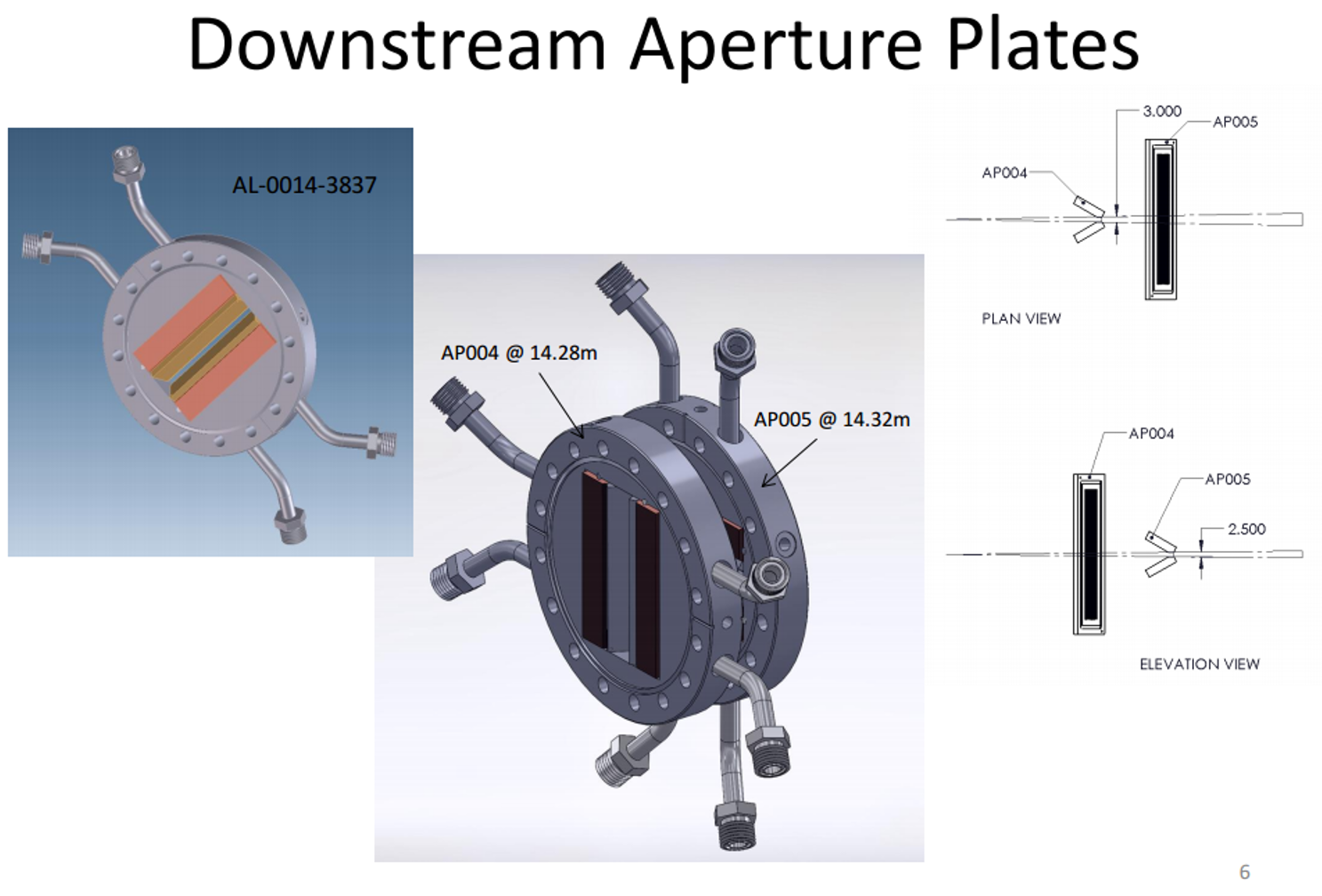
Feb 17, 2015
This picture may not mean much to anyone outside the ALS controls group, but it shows the “rotated kicker”: an element in the ALS ring in sector 2 that had to be modified to make way for the Gemini undulator. The test of this new device was successful, showing that changes to the current sector 2 elements will not adversely affect operations. Ie, all the other beamlines at the ALS will be just fine! This was an important milestone for the ALS in the Gemini project.
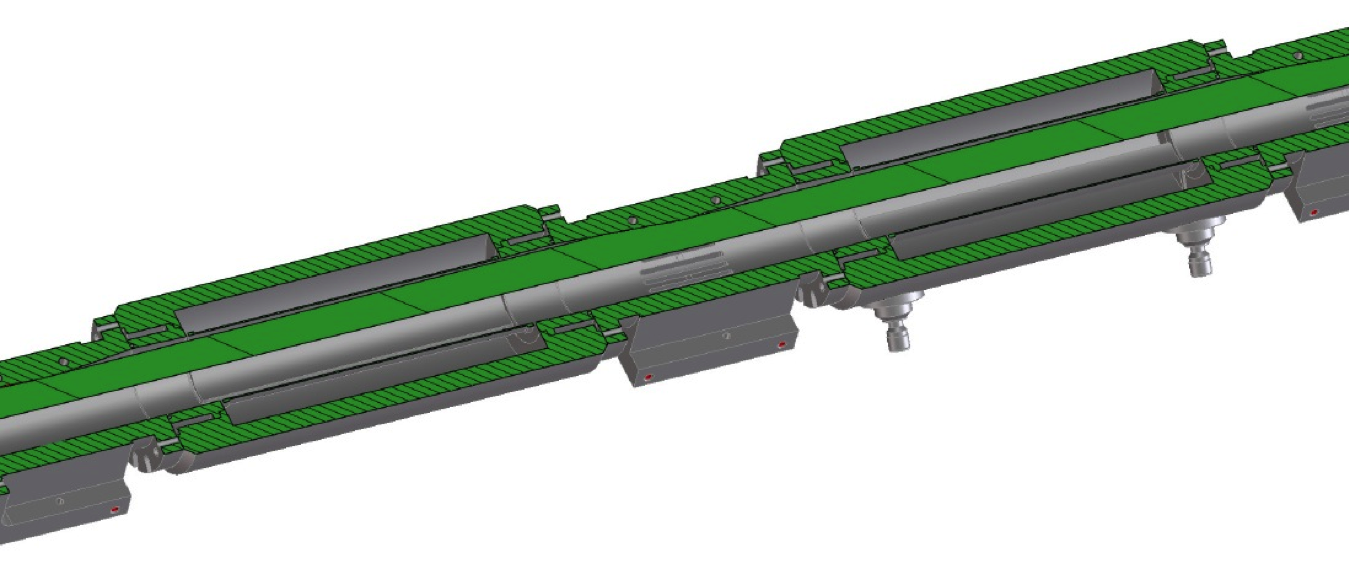
Dec 3, 2014
We (Corie Ralston, Simon Morton, and Peter Zwart) were very pleased to see how organized the LBNL Engineering group is with project management, now that they have swung into full gear. They are using Windchill for the sector 2 project management, which organizes everything in the project, from budget to schedule. All the technical information has now been migrated over to Windchill, including all the quotes for endstation components and beamline optics, as well as the notes from the lengthy technical discussions with the various undulator vendors.
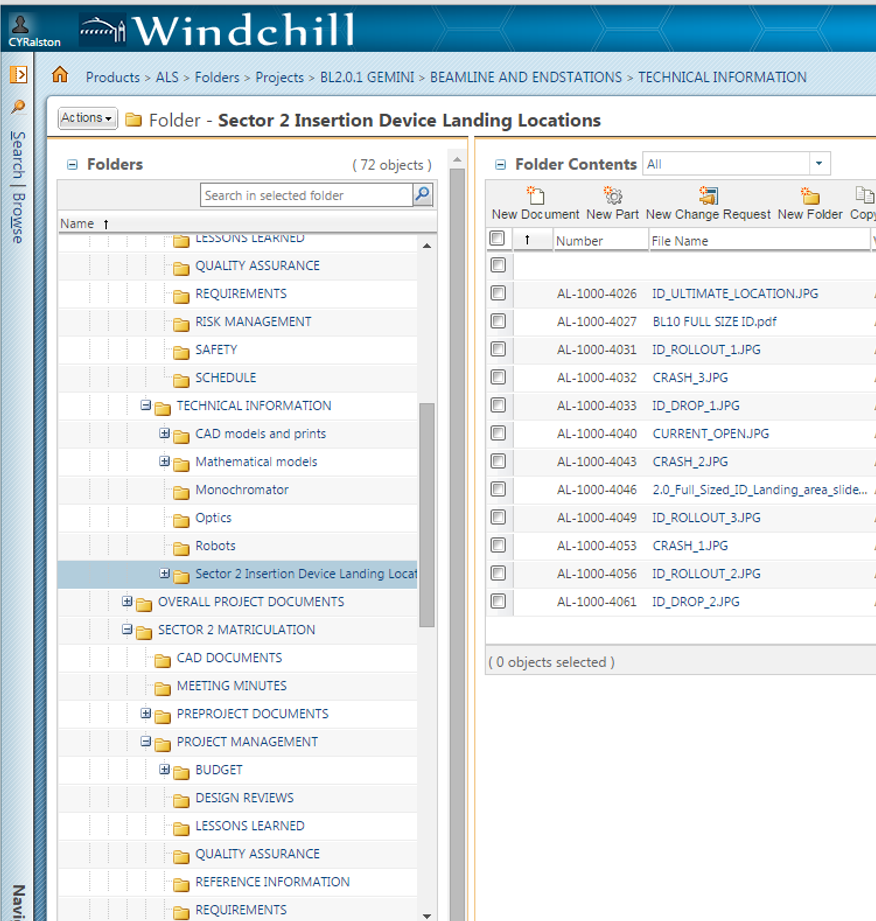
Funding Has Arrived
As of September 2014, we now have the starting funds to build out the sector 2 at the ALS!
Funded primarily by the Howard Hughes Medical Institute, this macromolecular crystallography beamline facility will be a state-of-the-art, high performance and high-throughput set of beamliness designed to enhance and increase productivity of the crystallography experiment for scientists around the world. Everyone at the BCSB is very excited by this news, and we will be sharing specs and news here as the project progresses.
